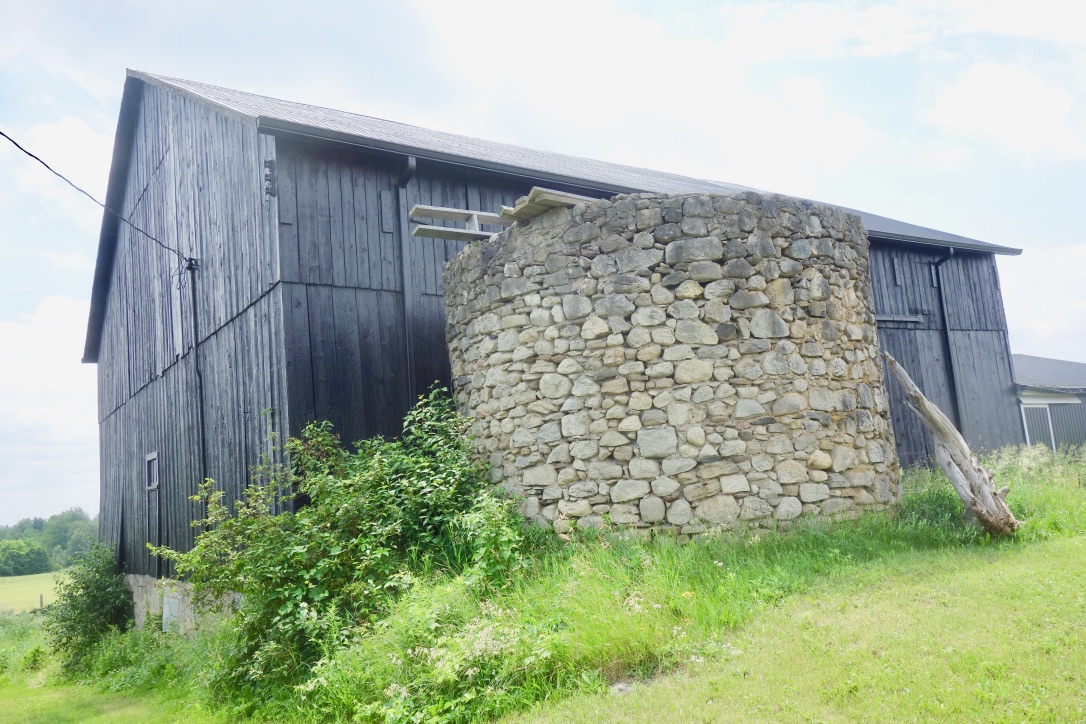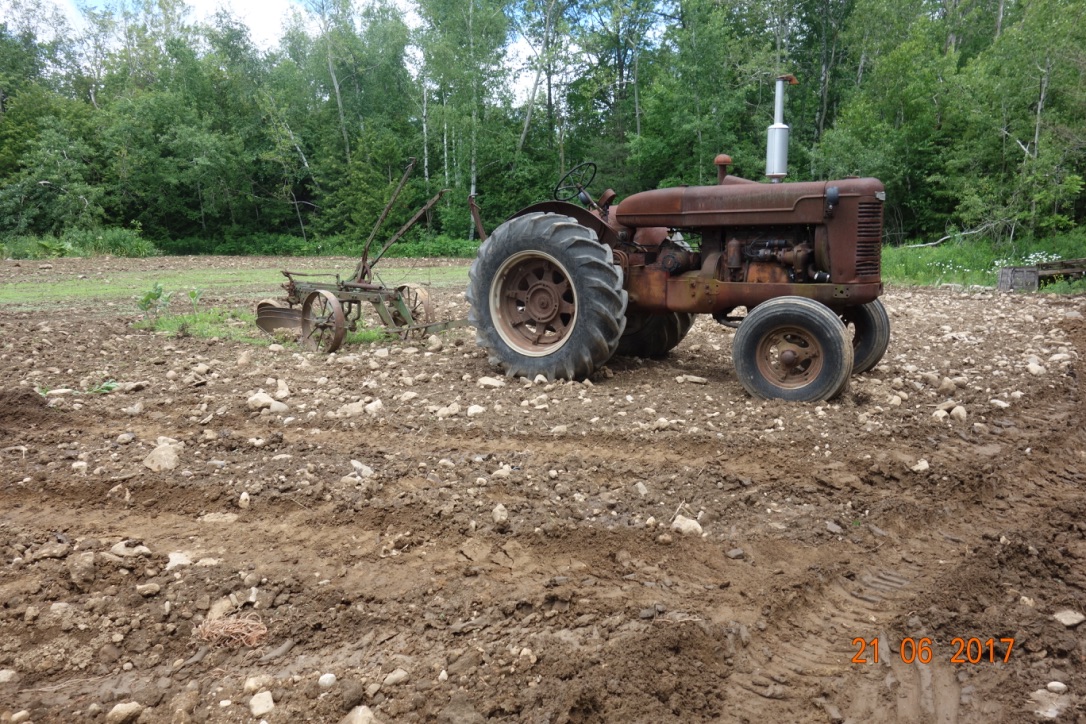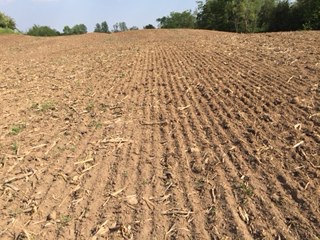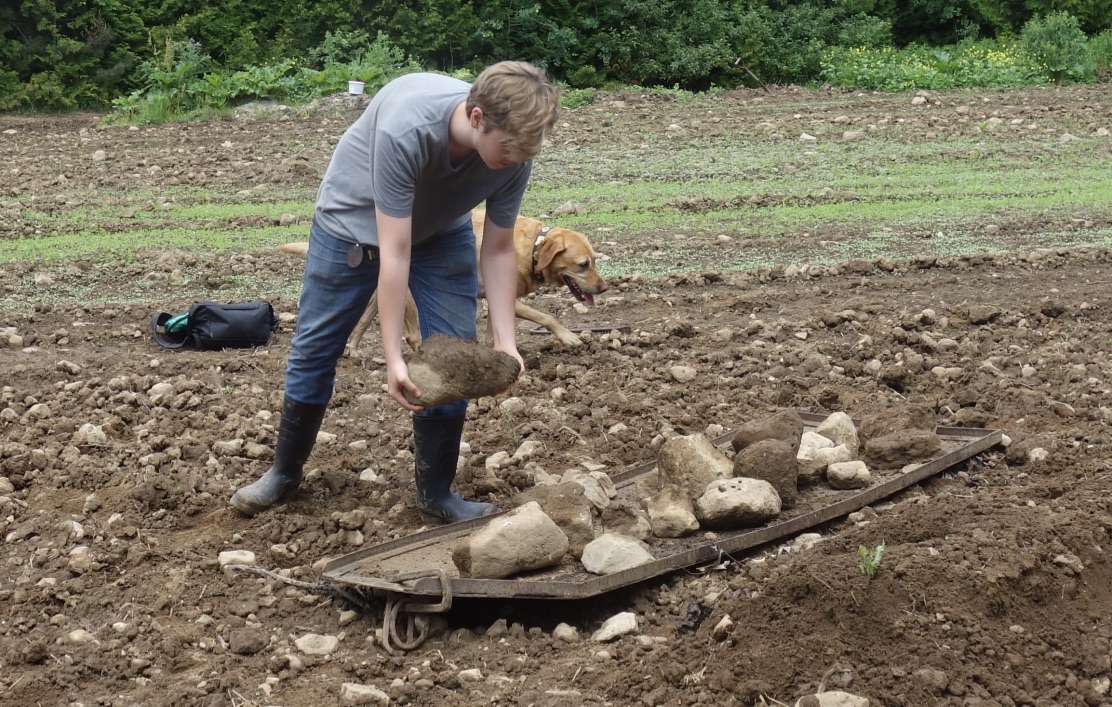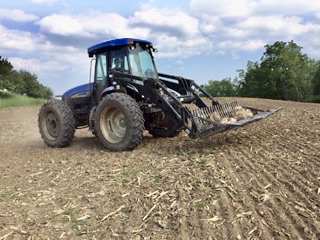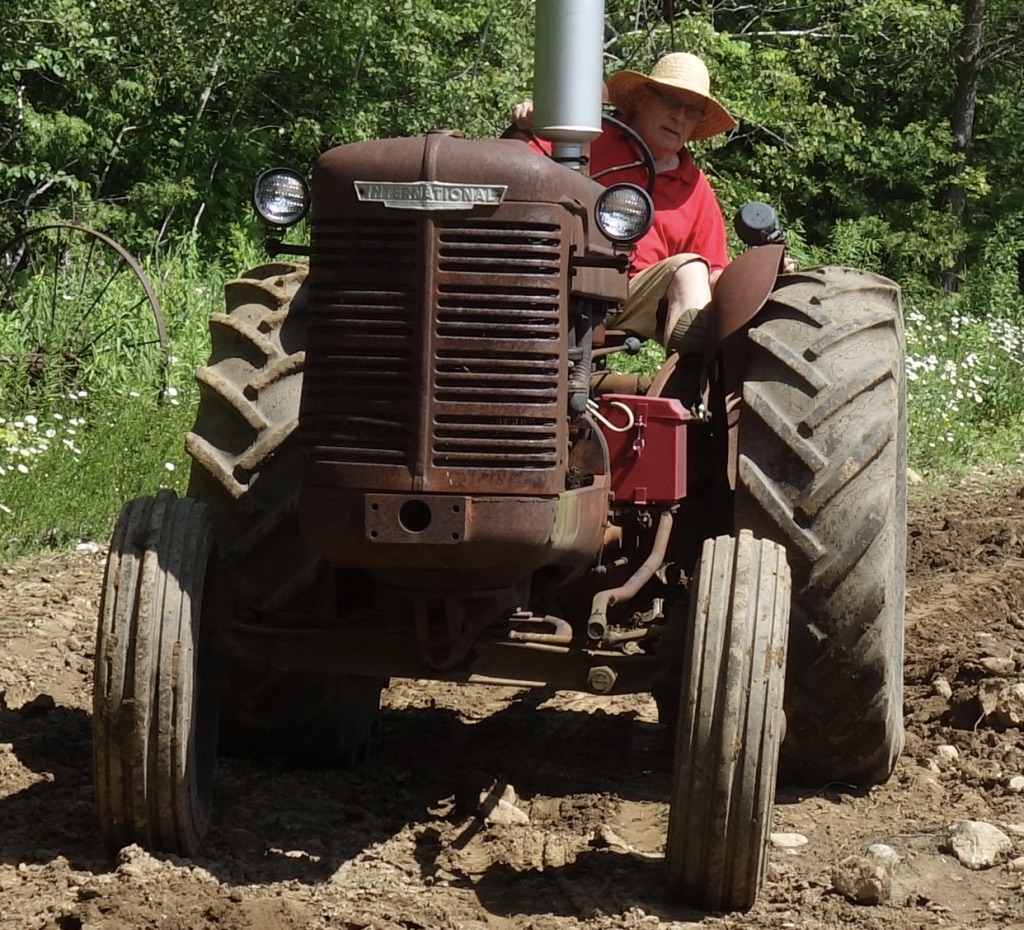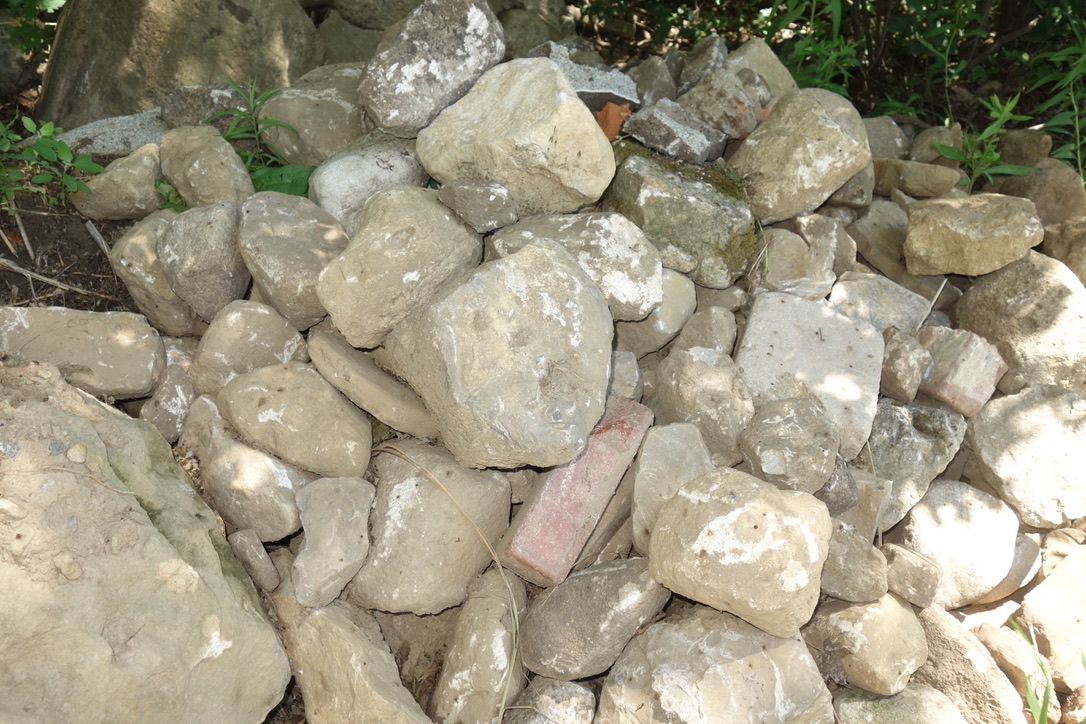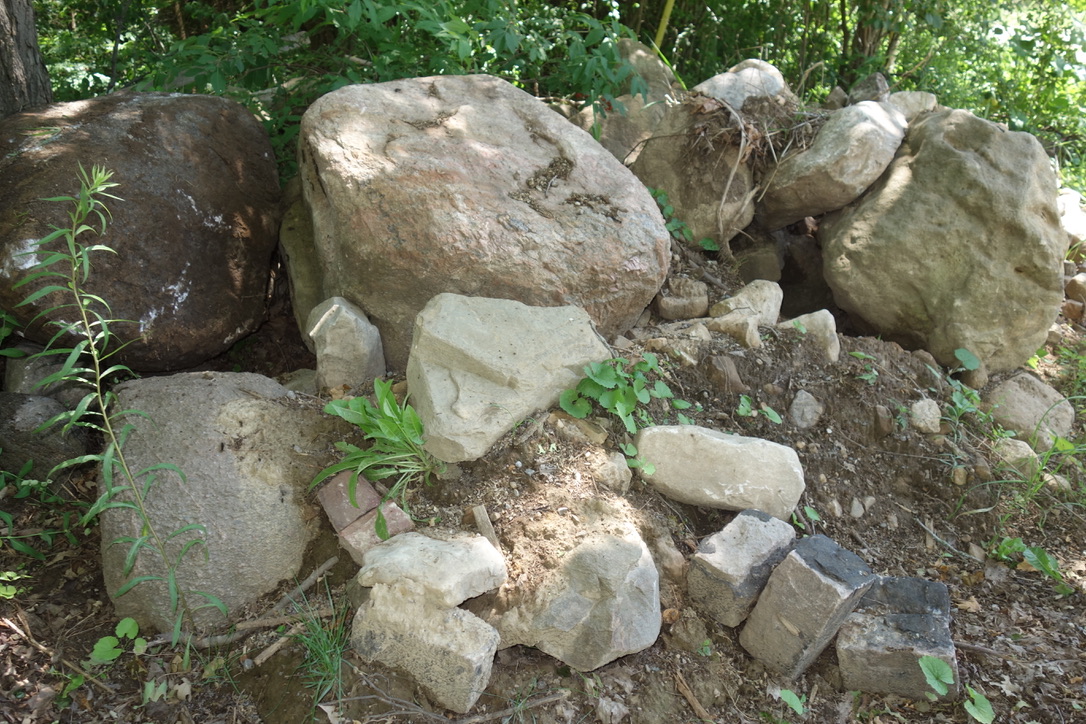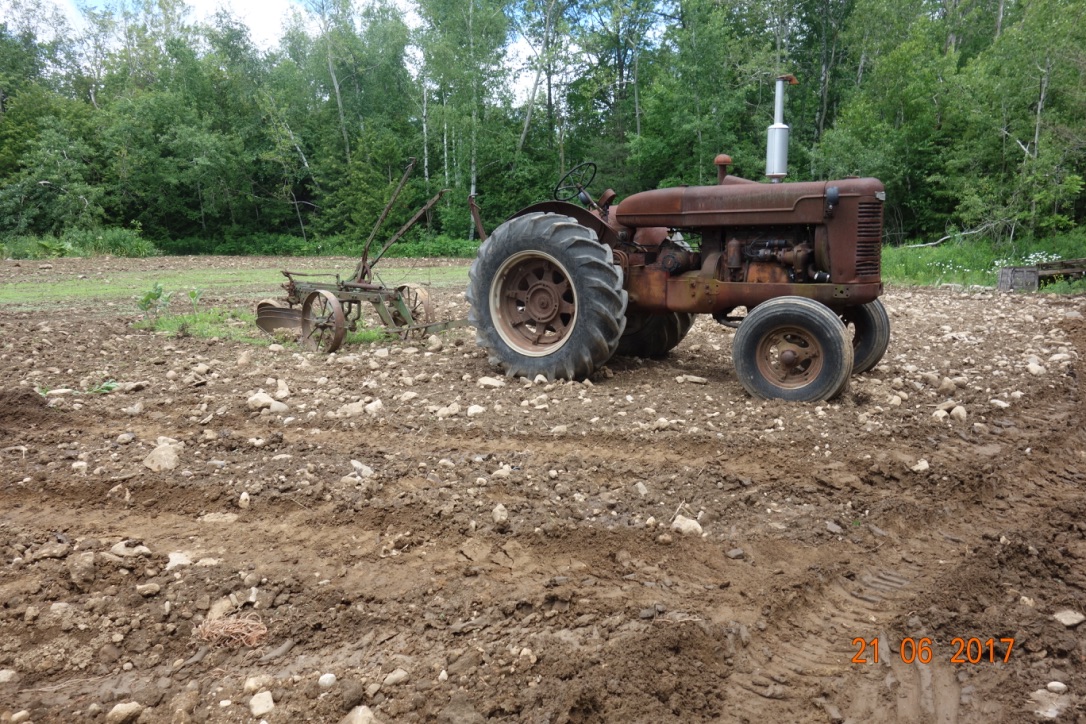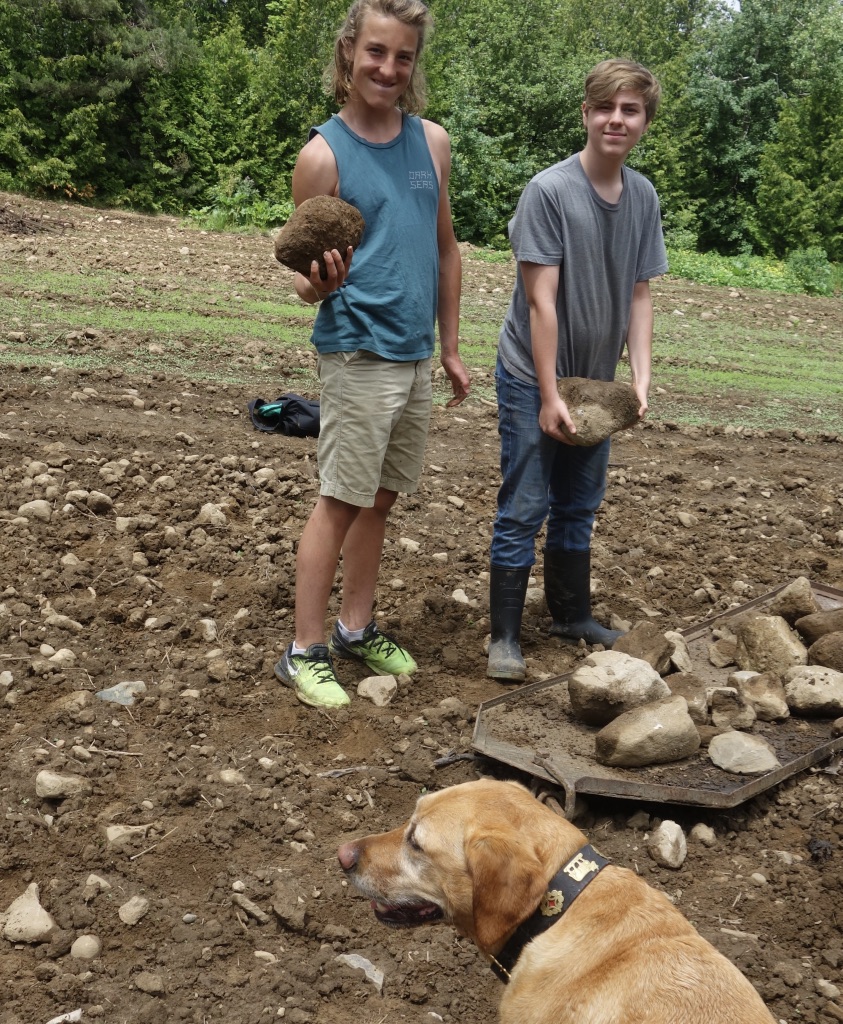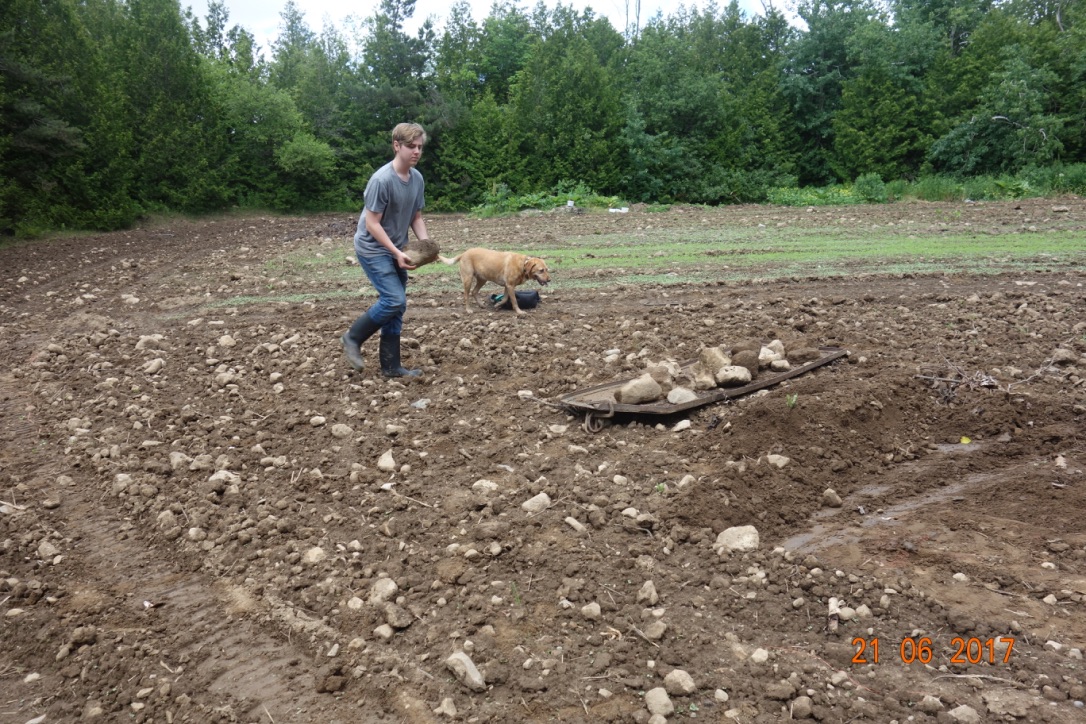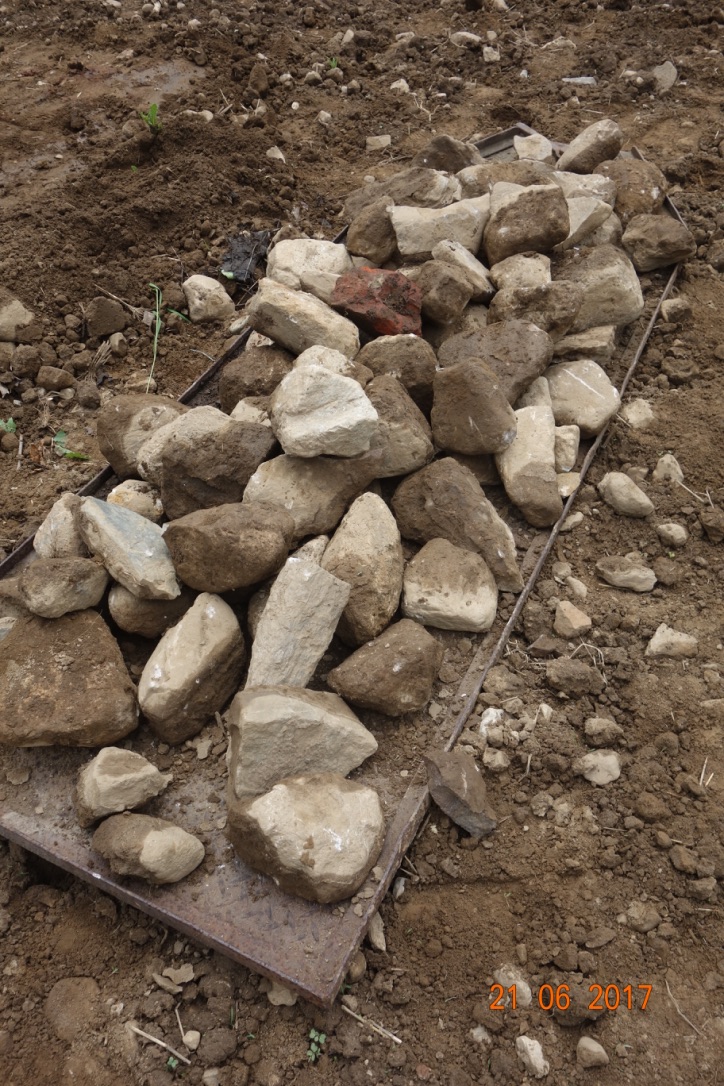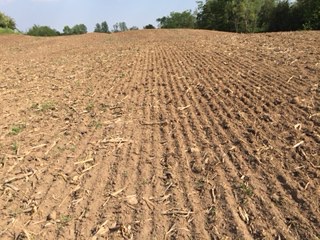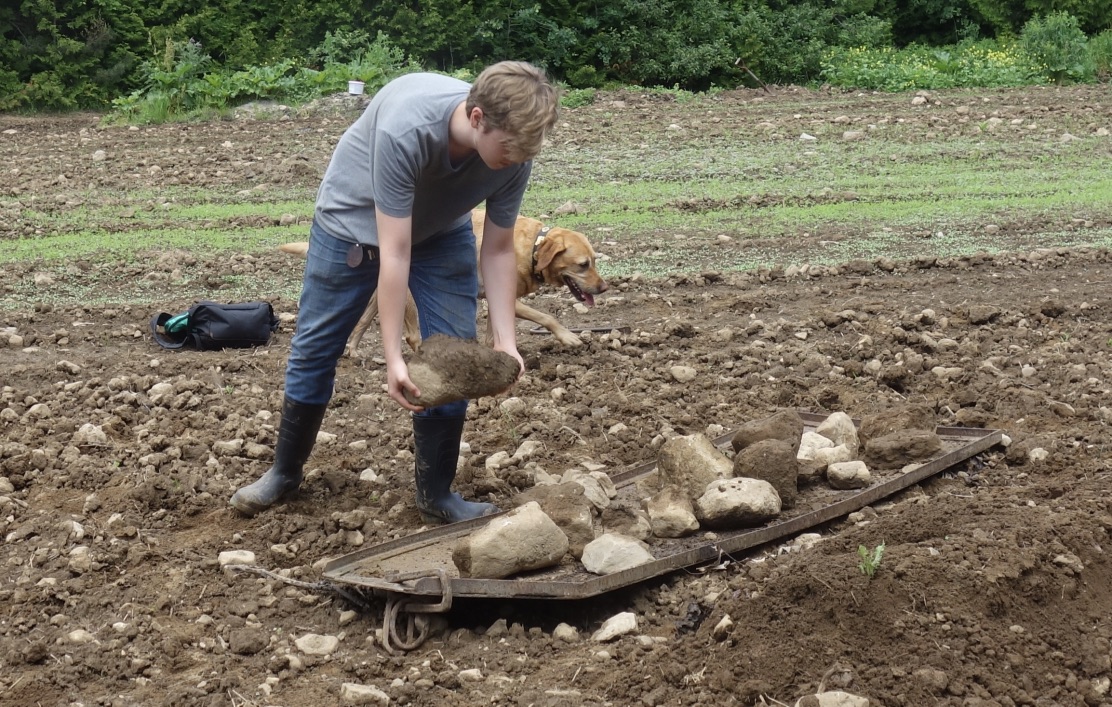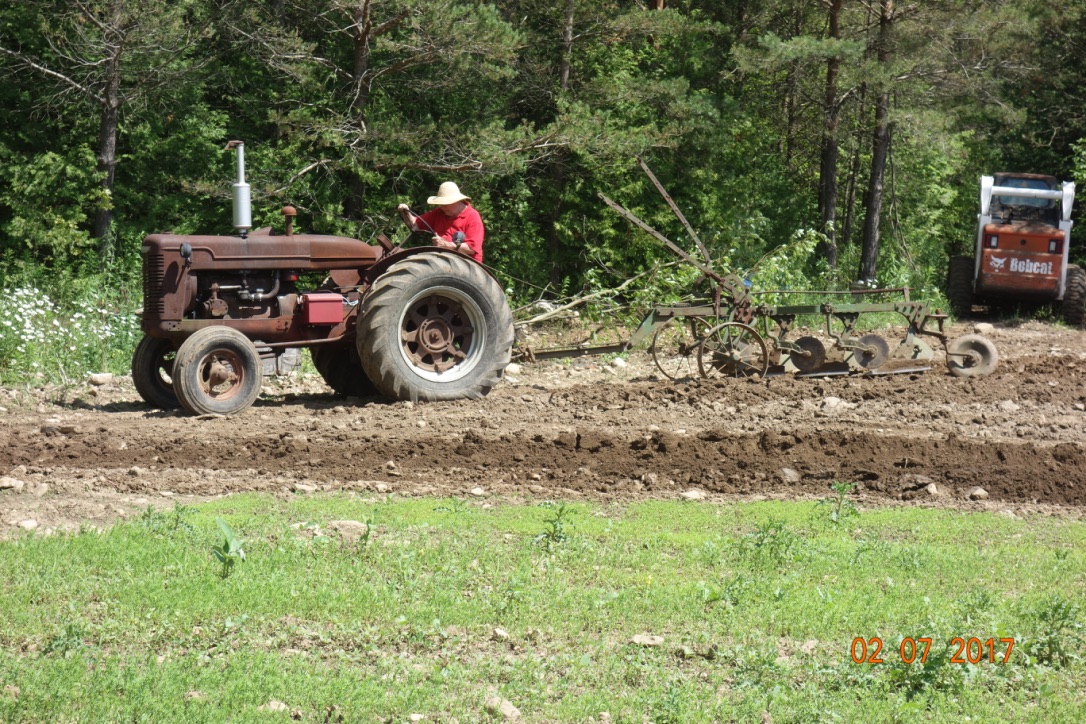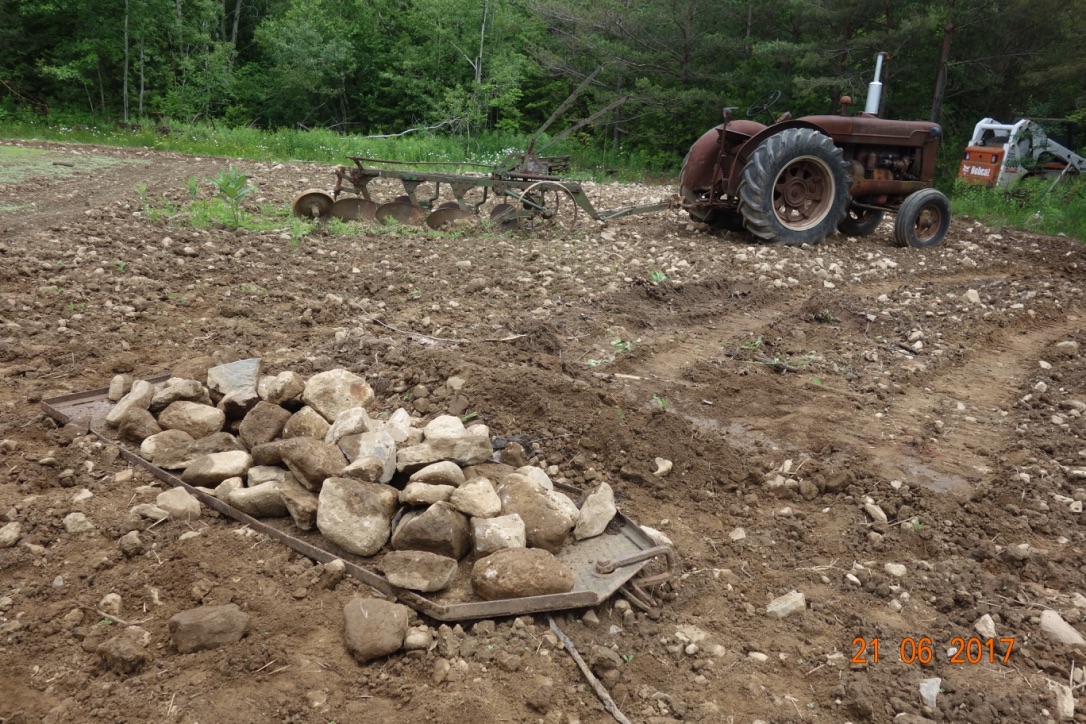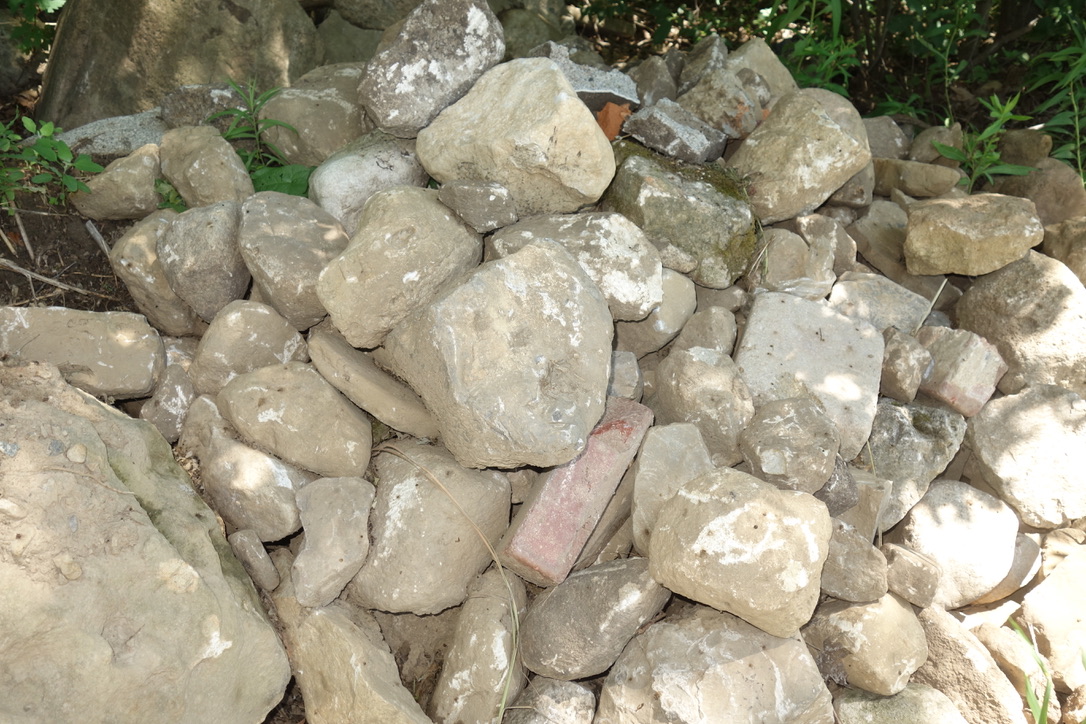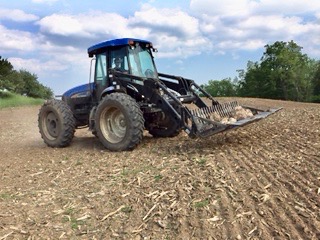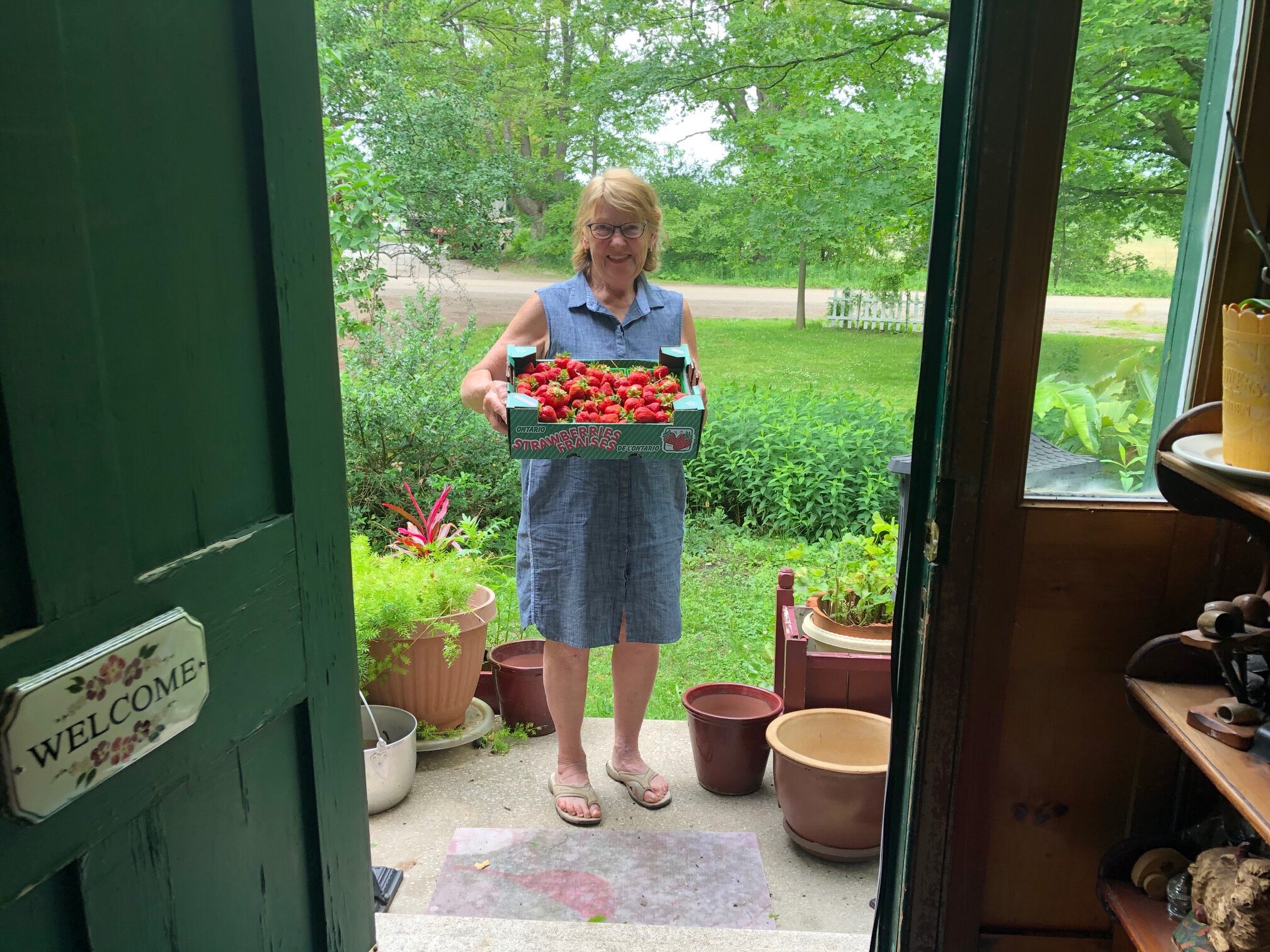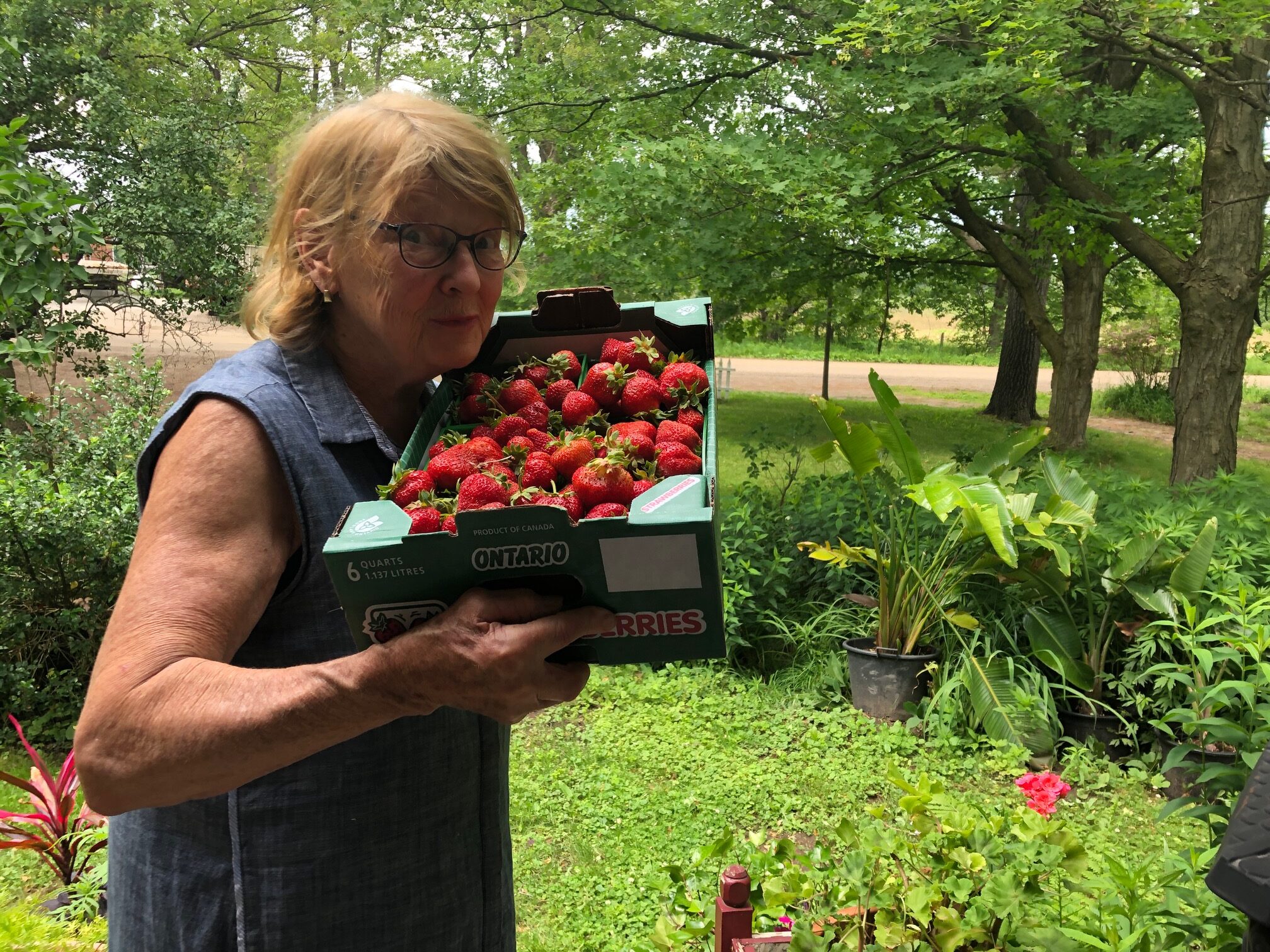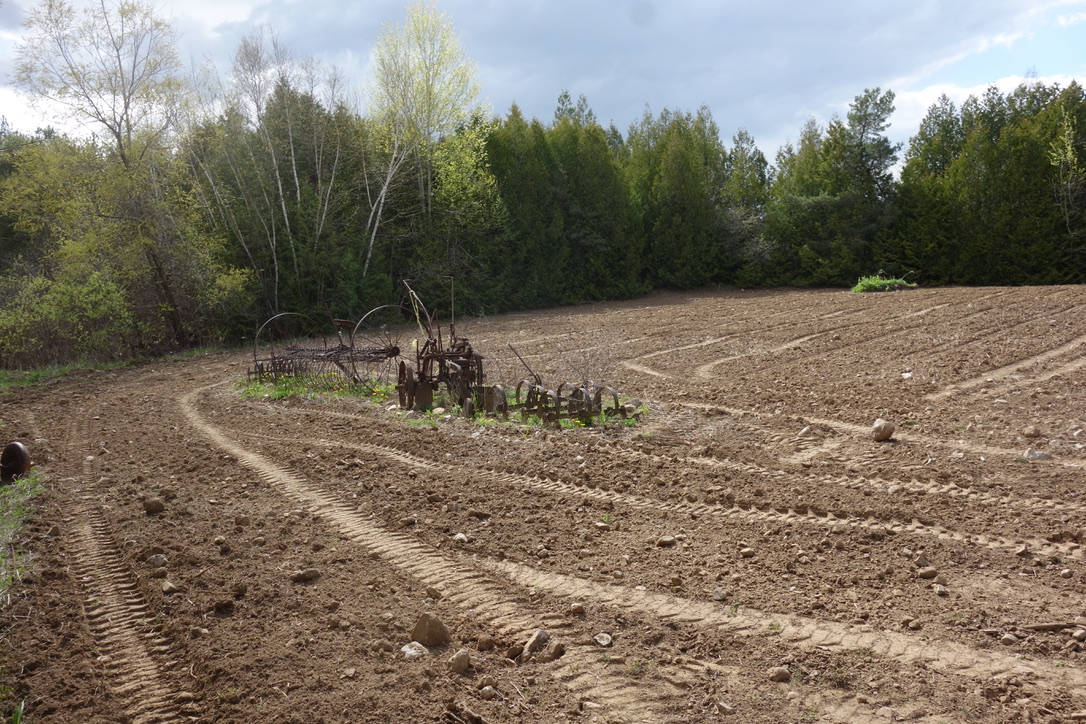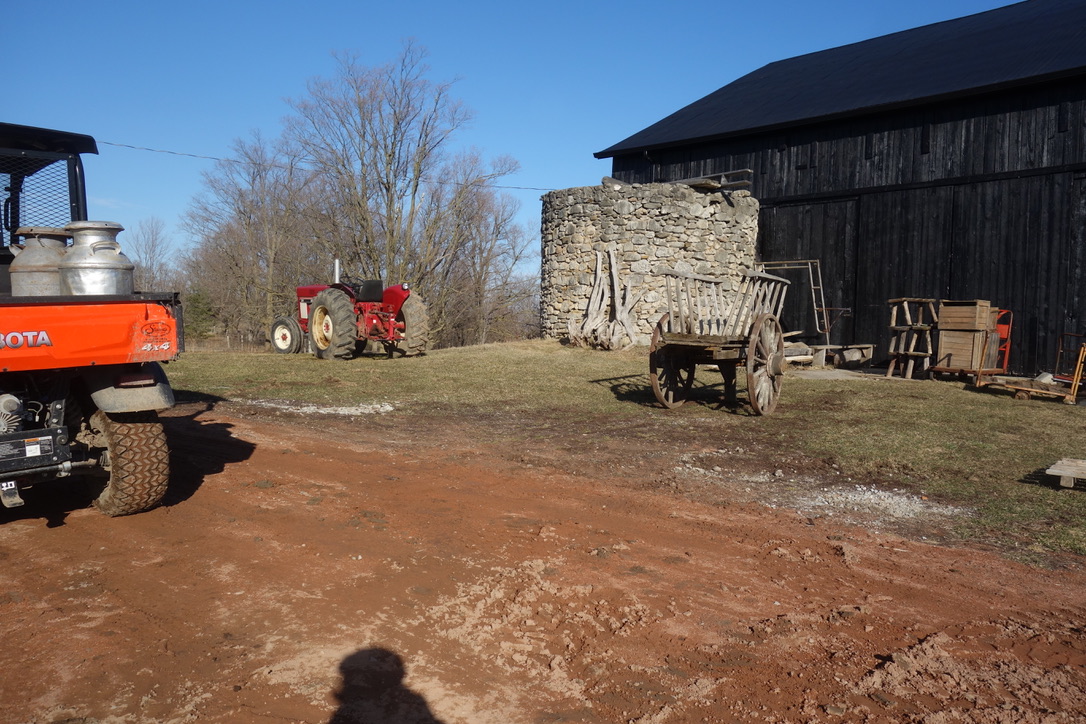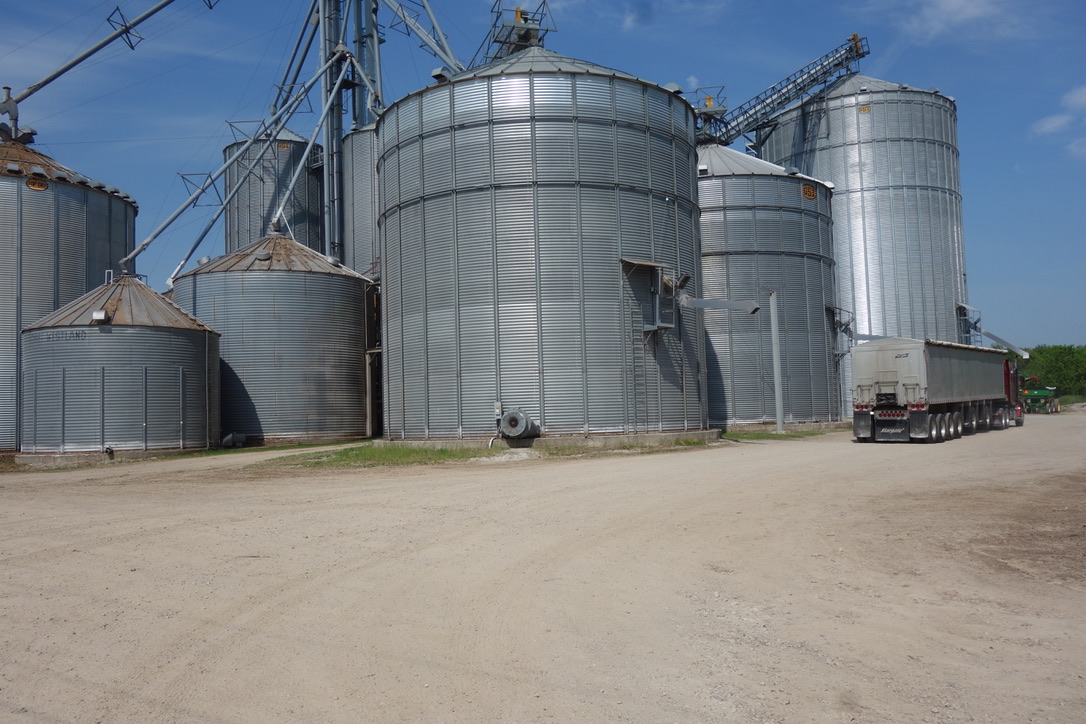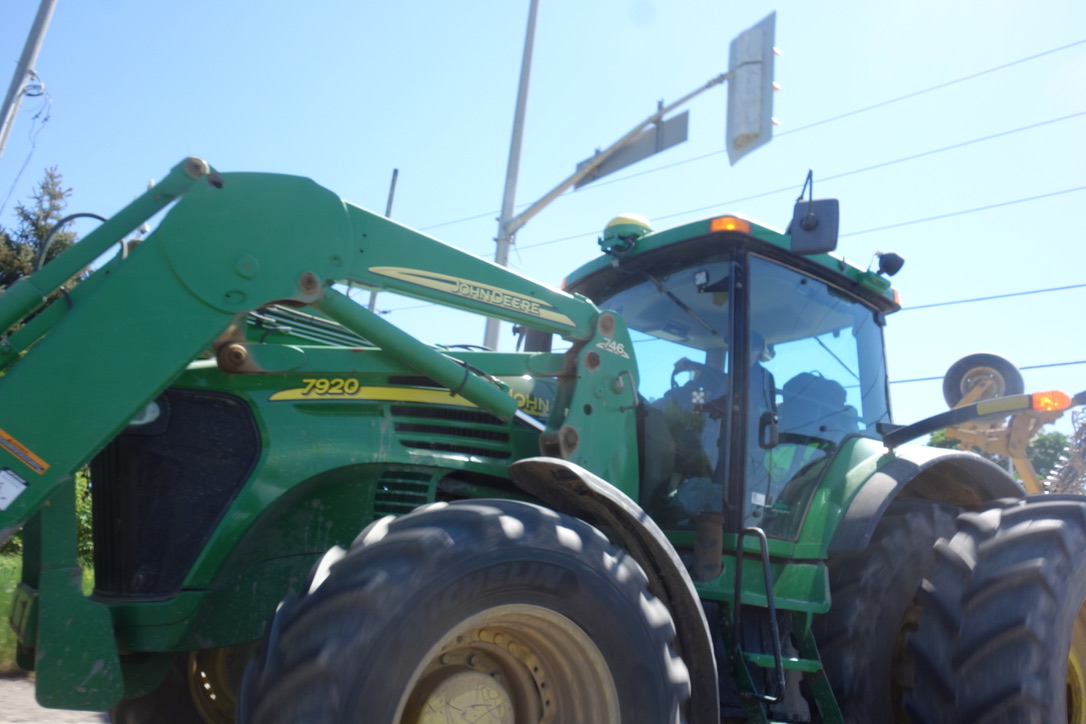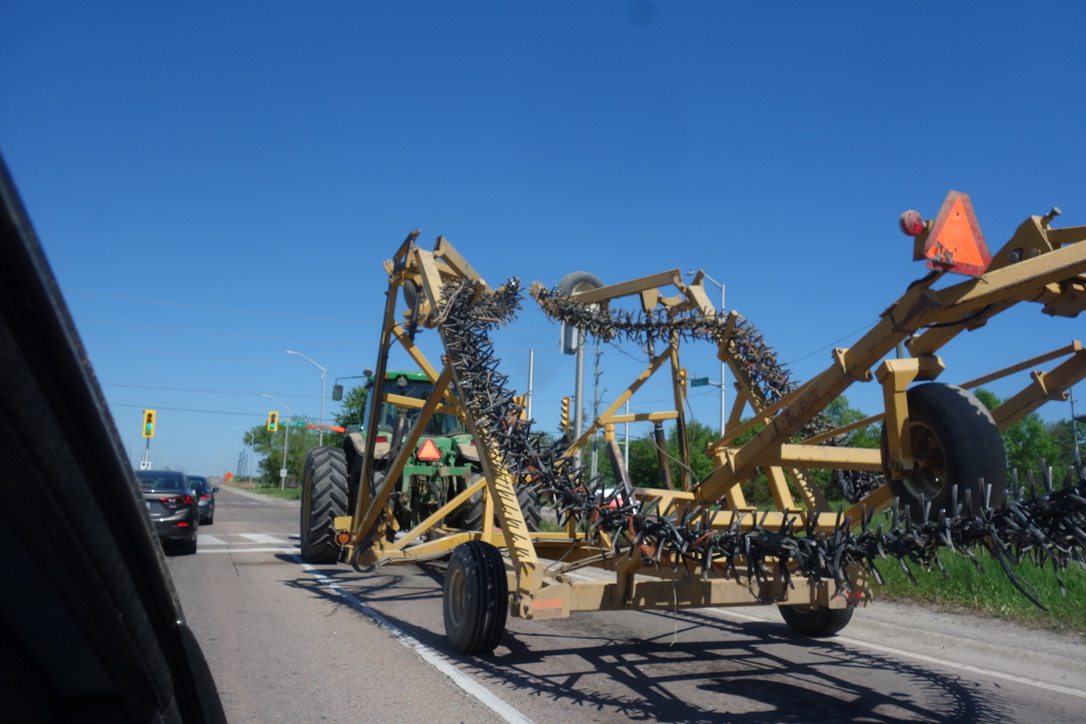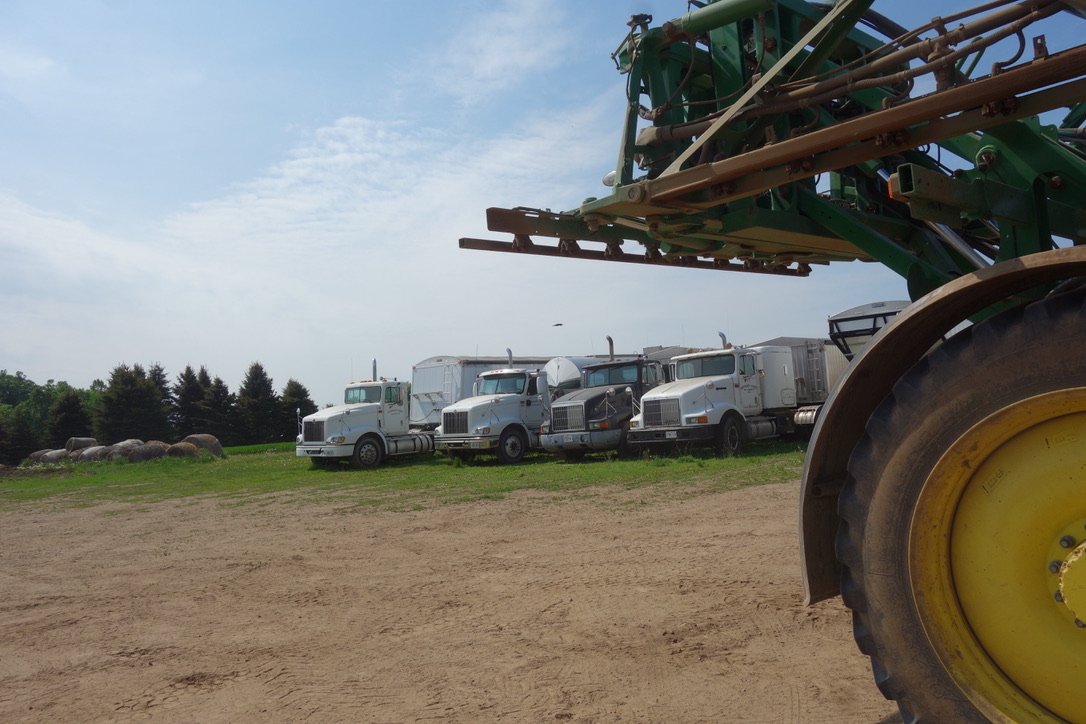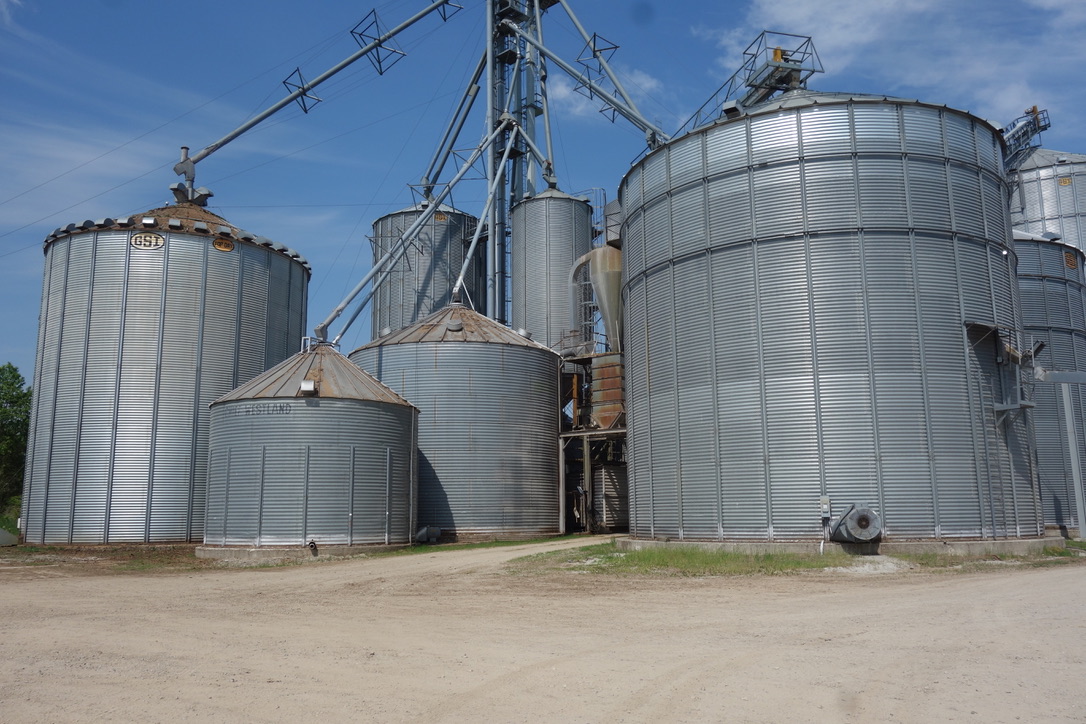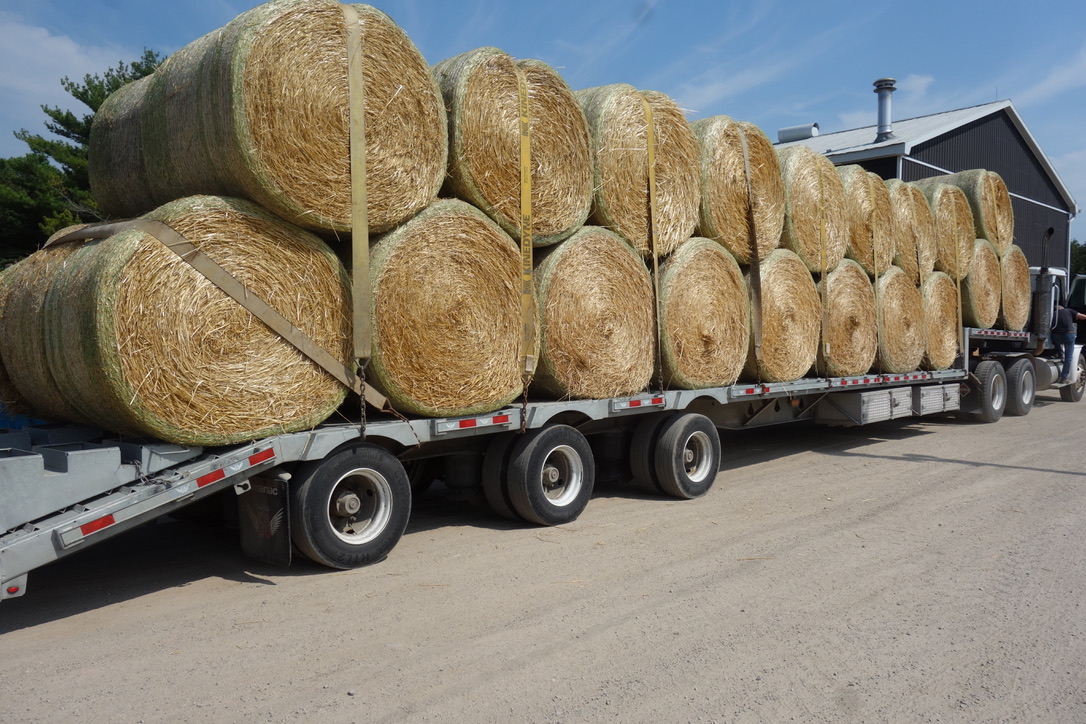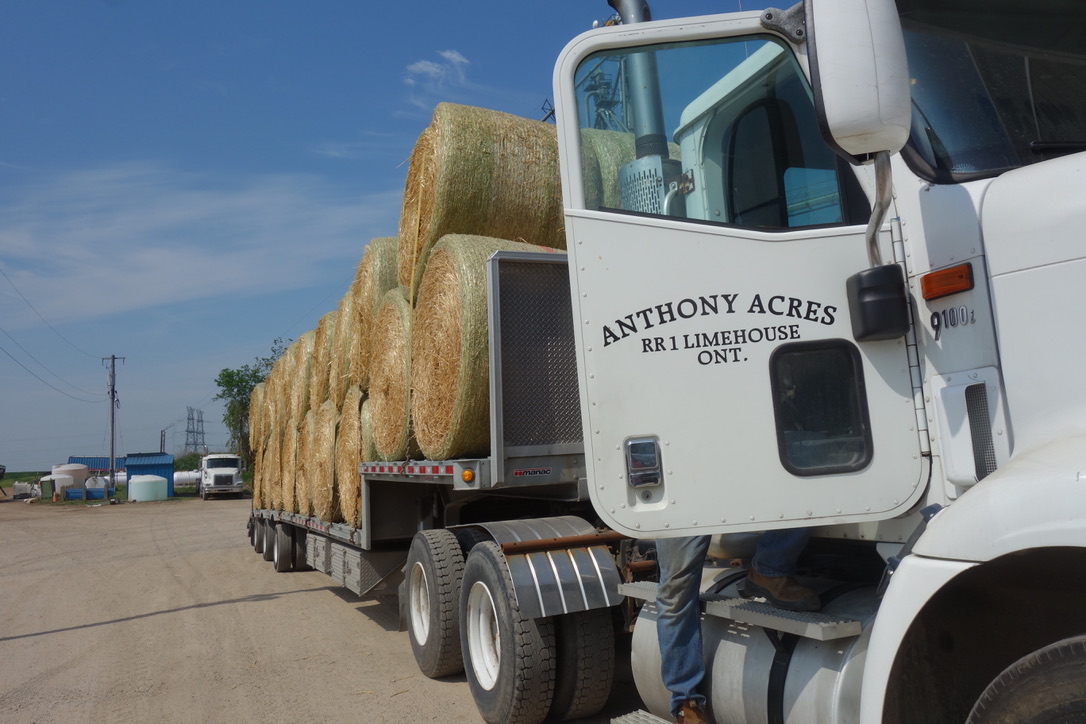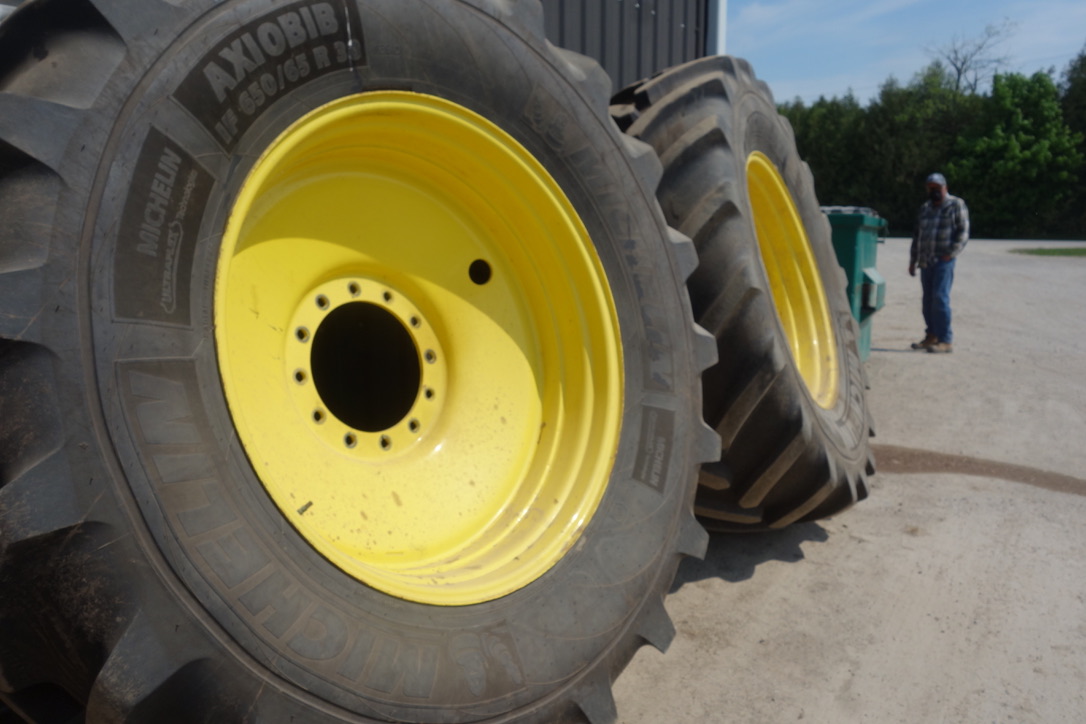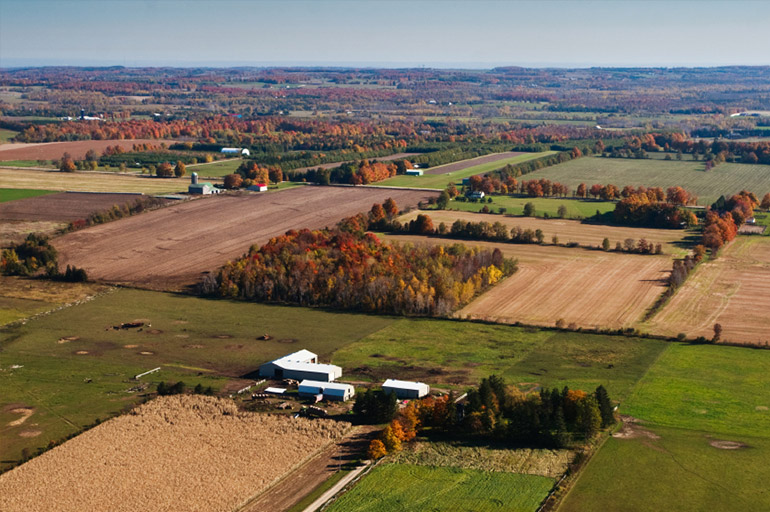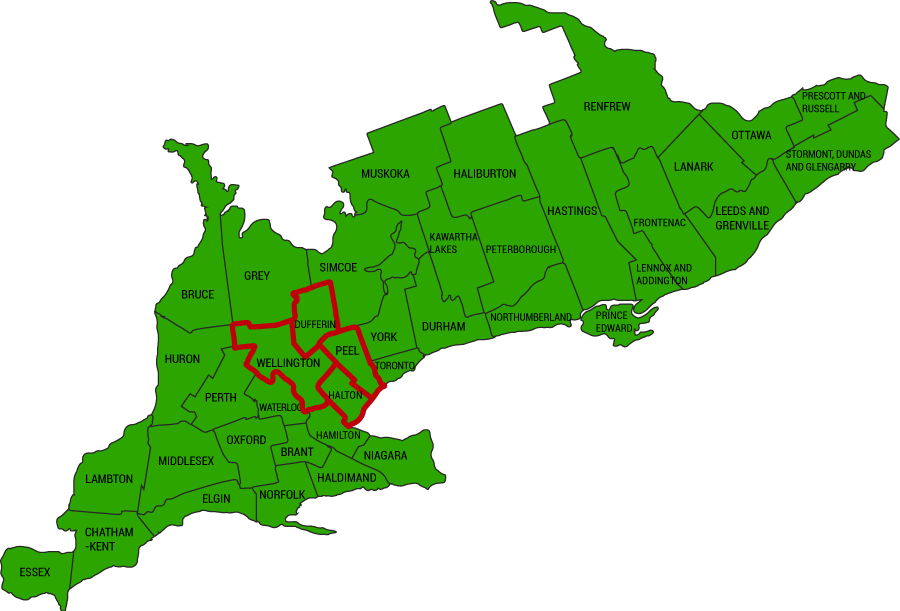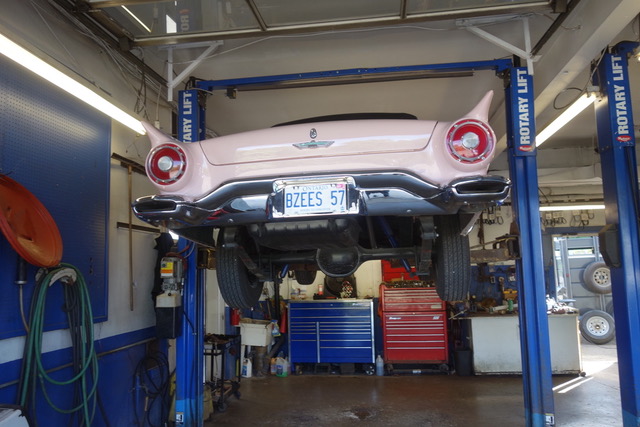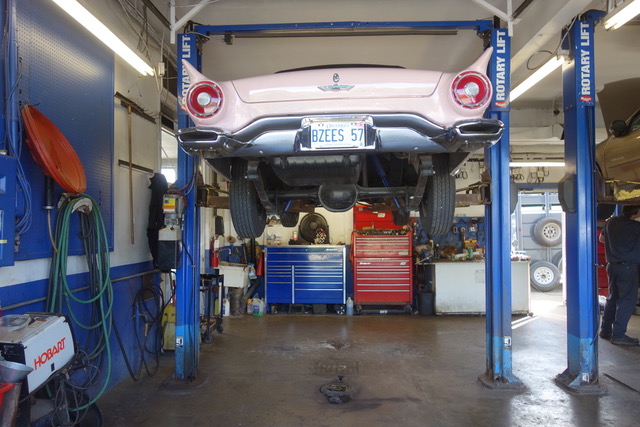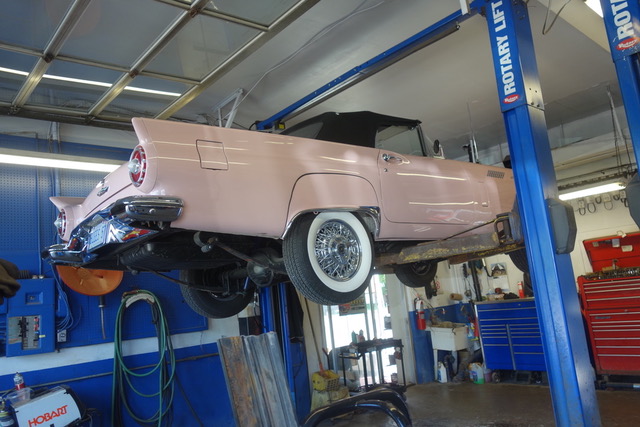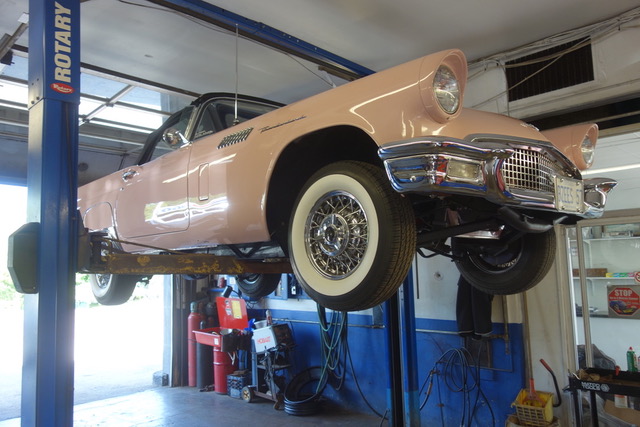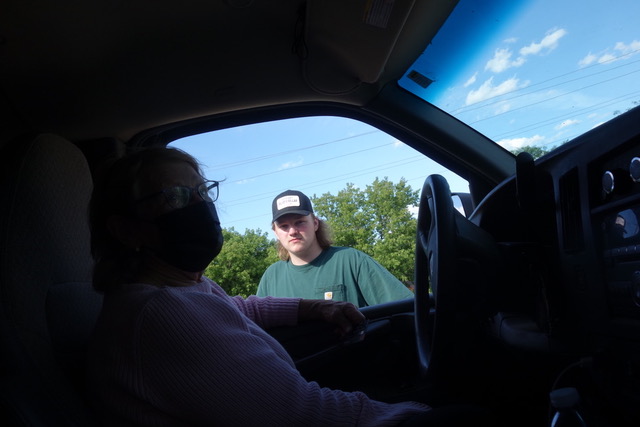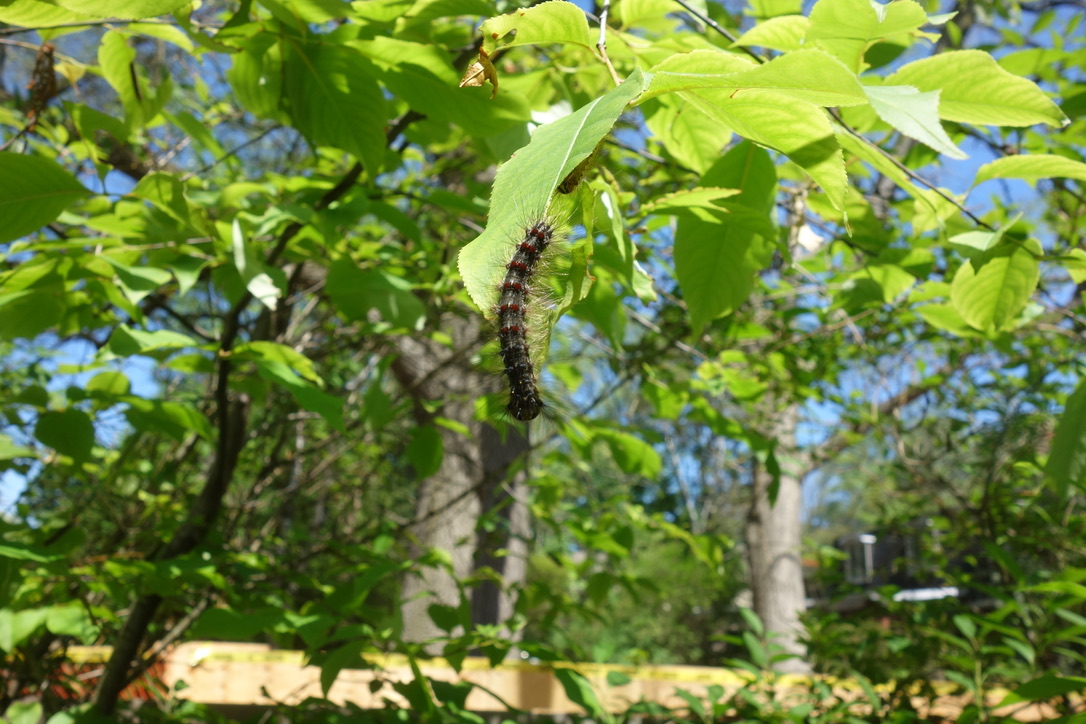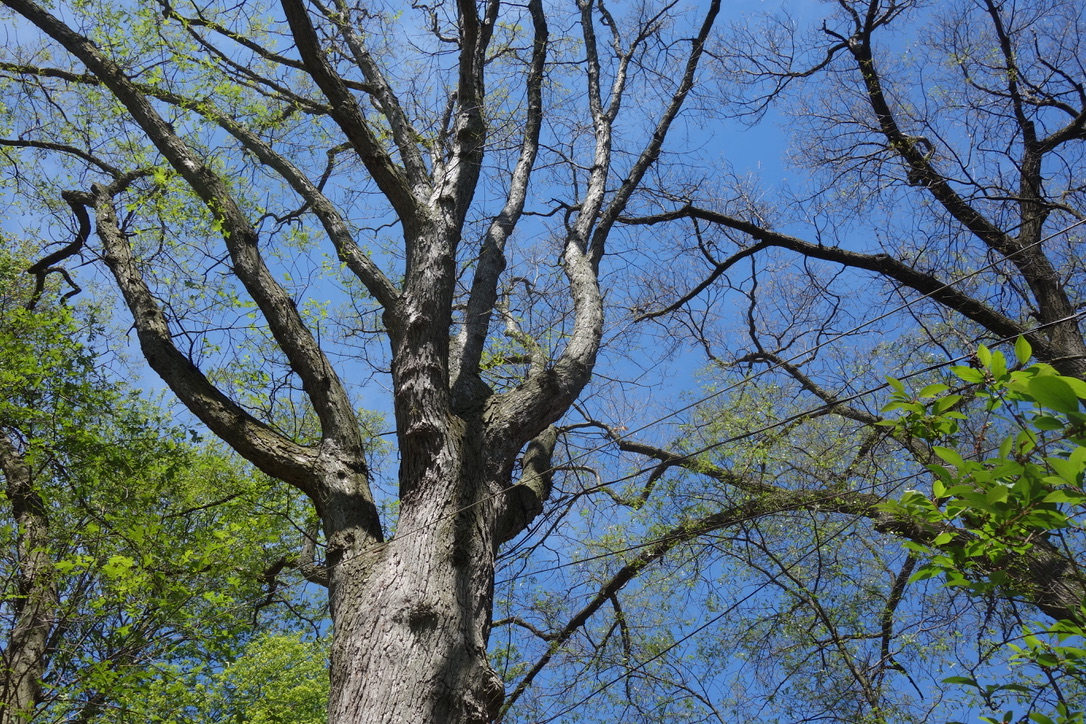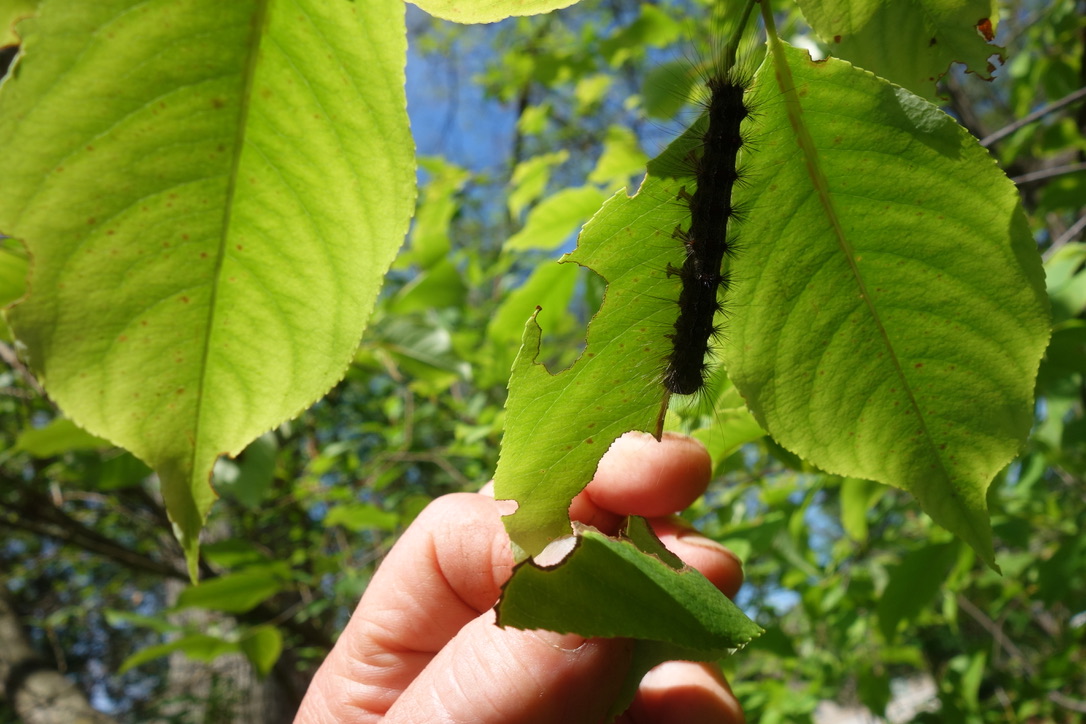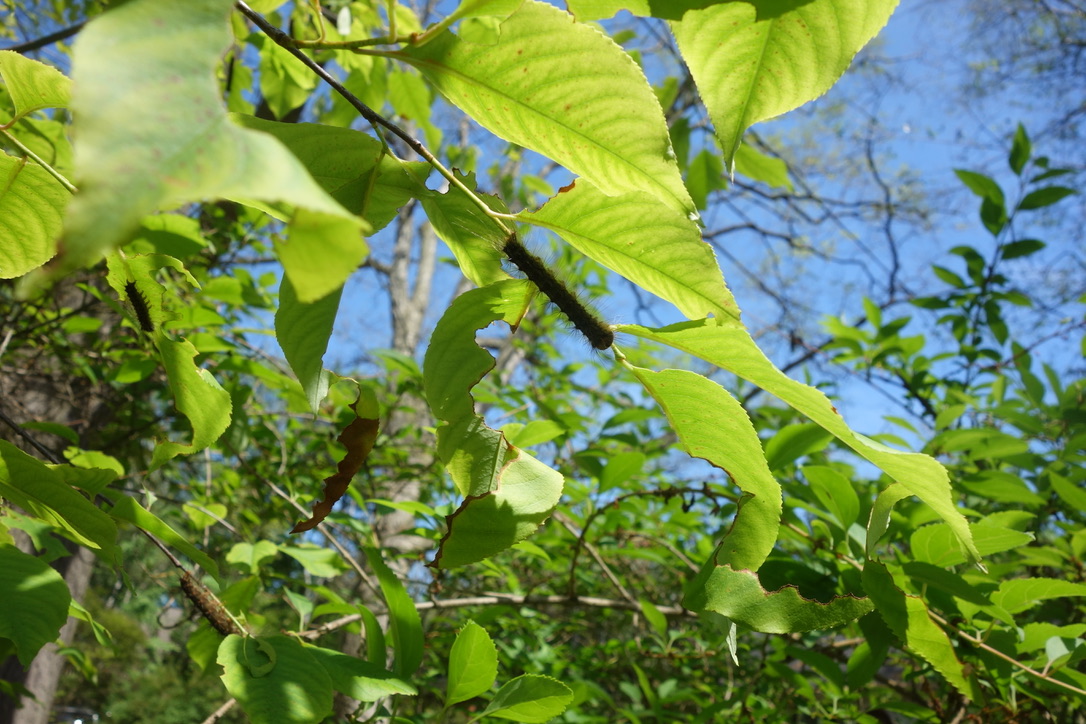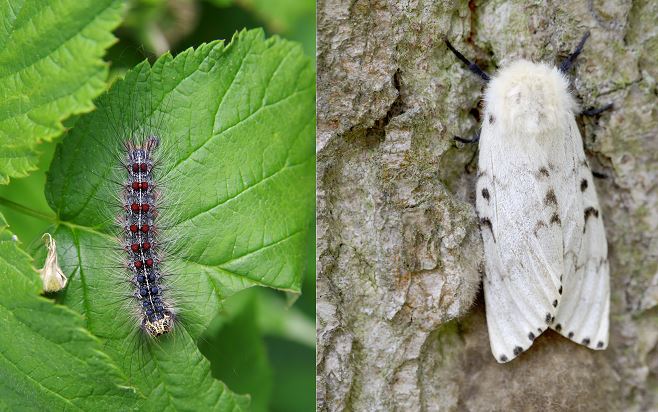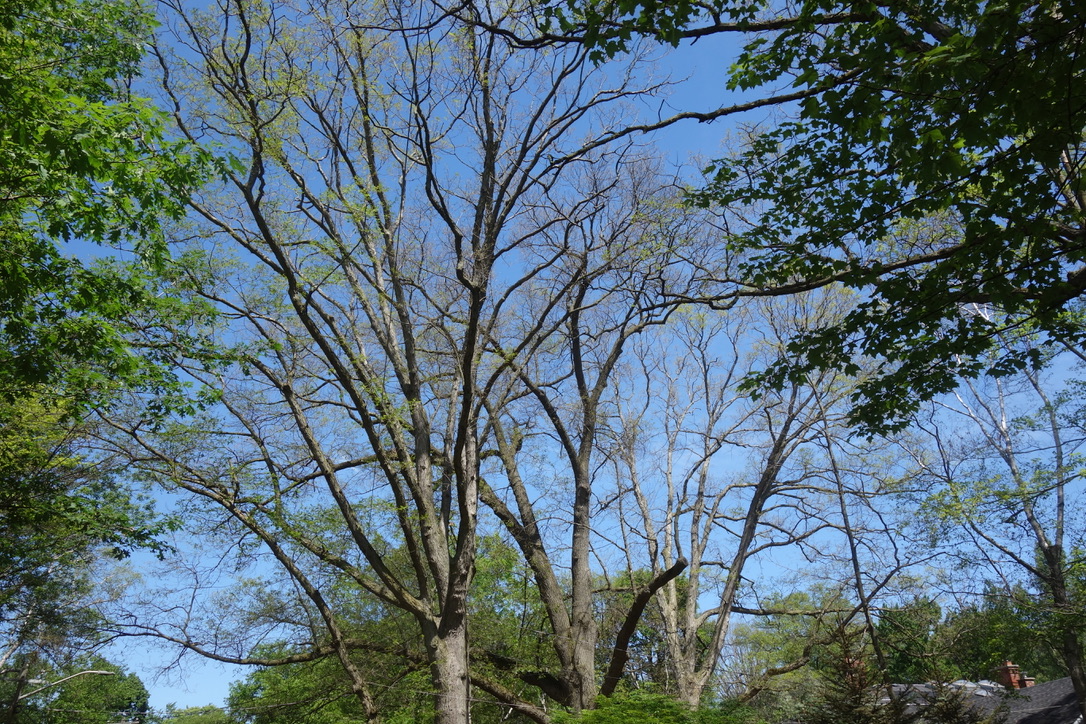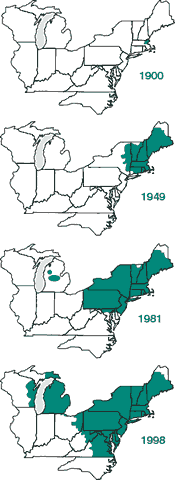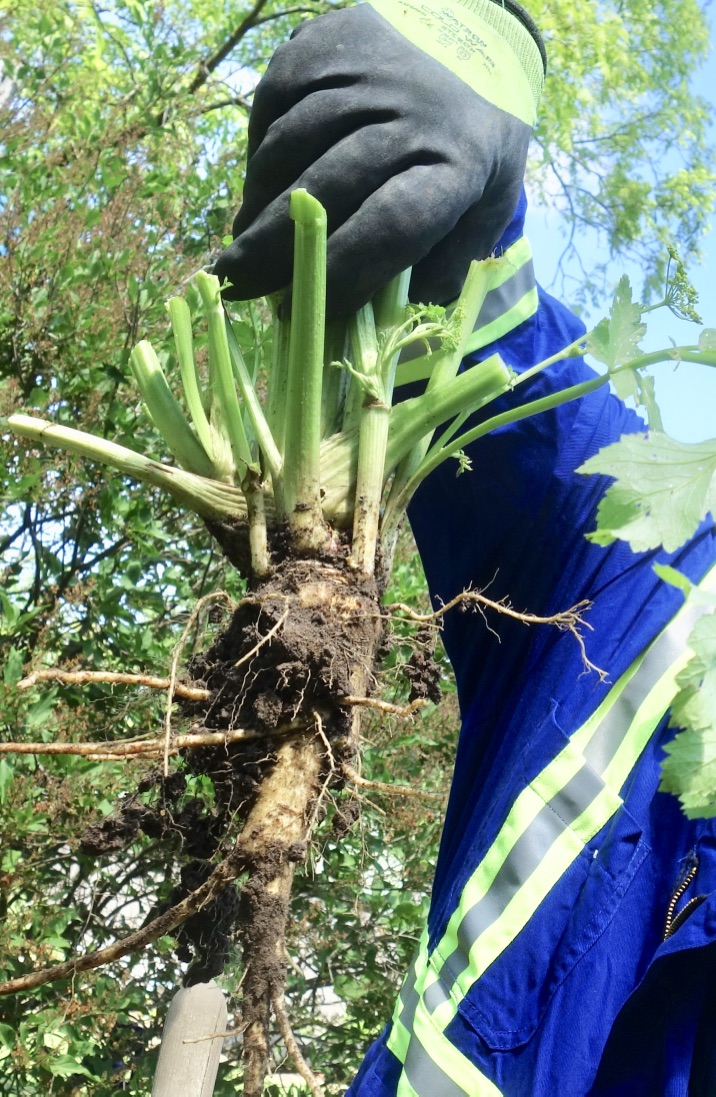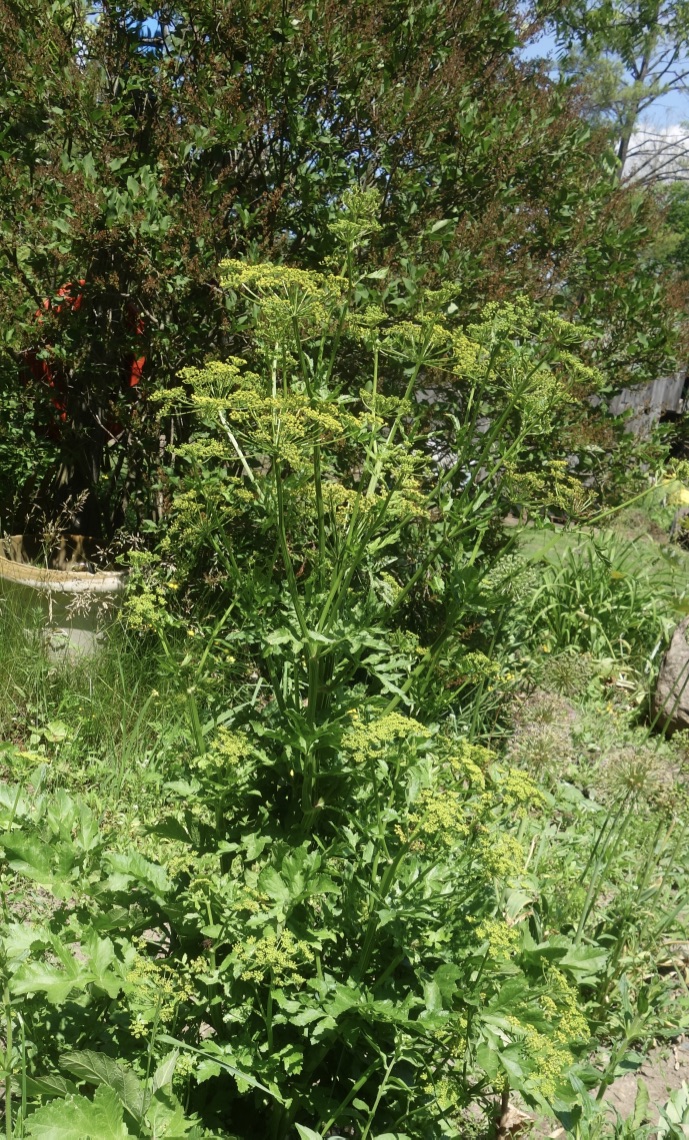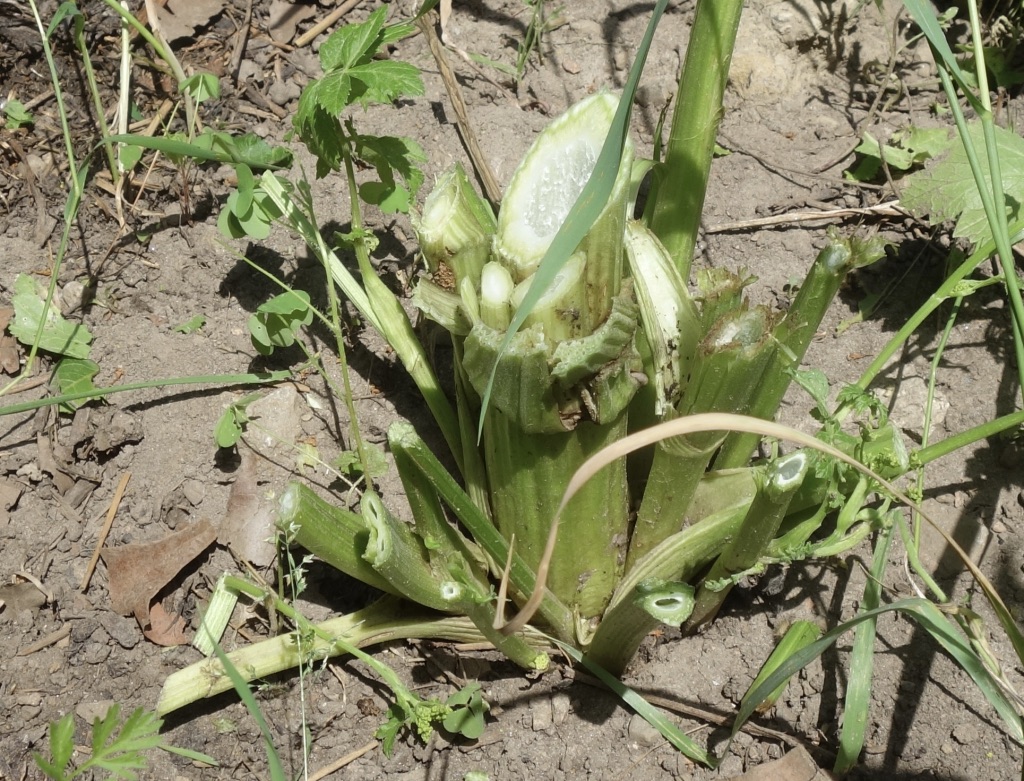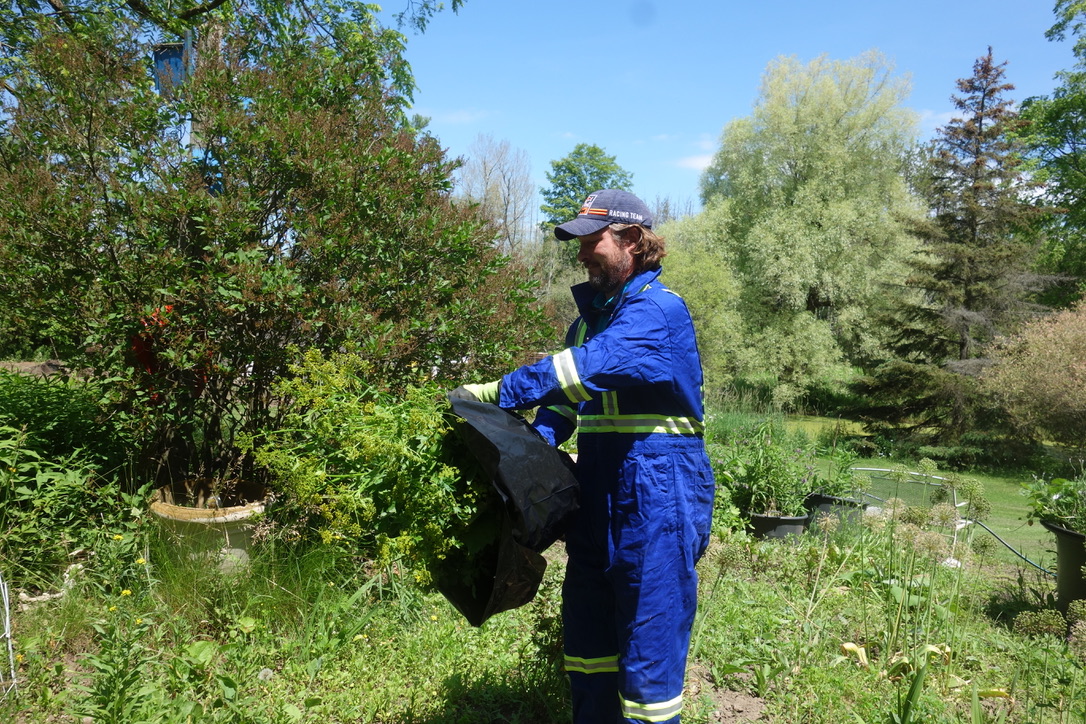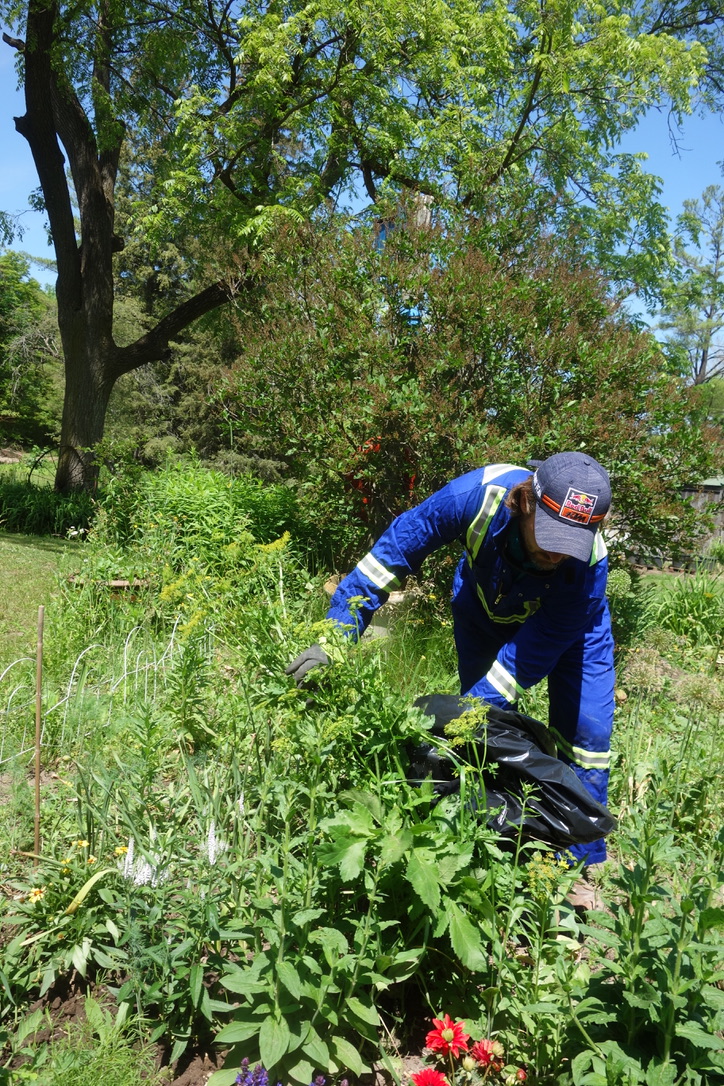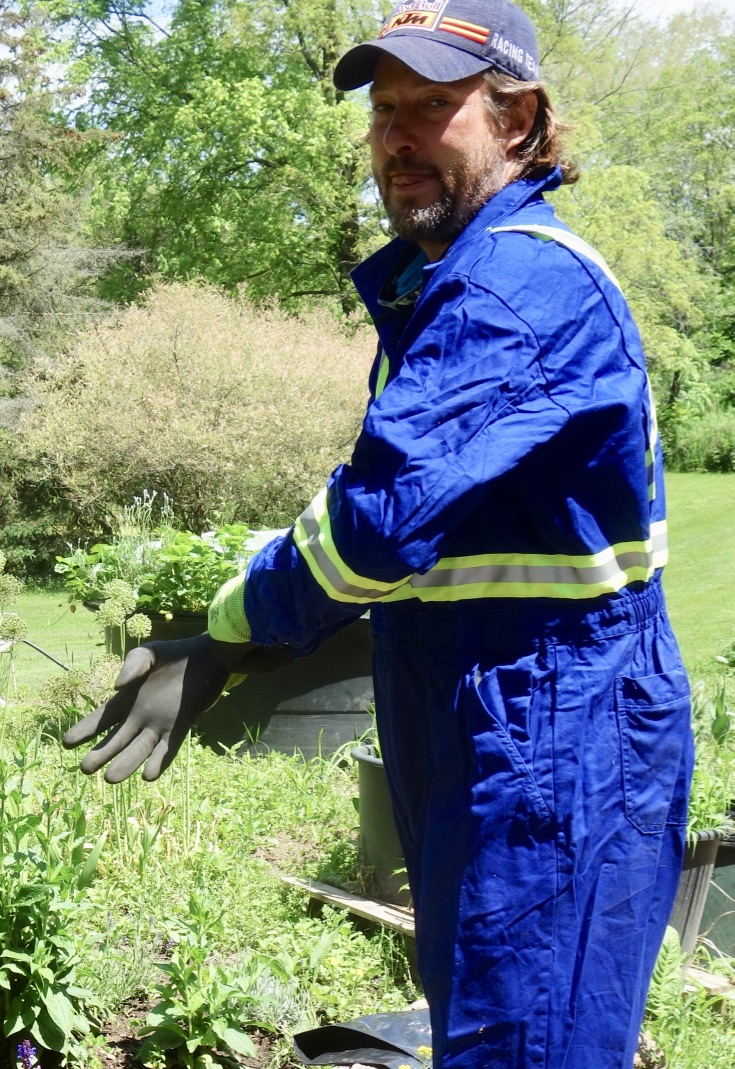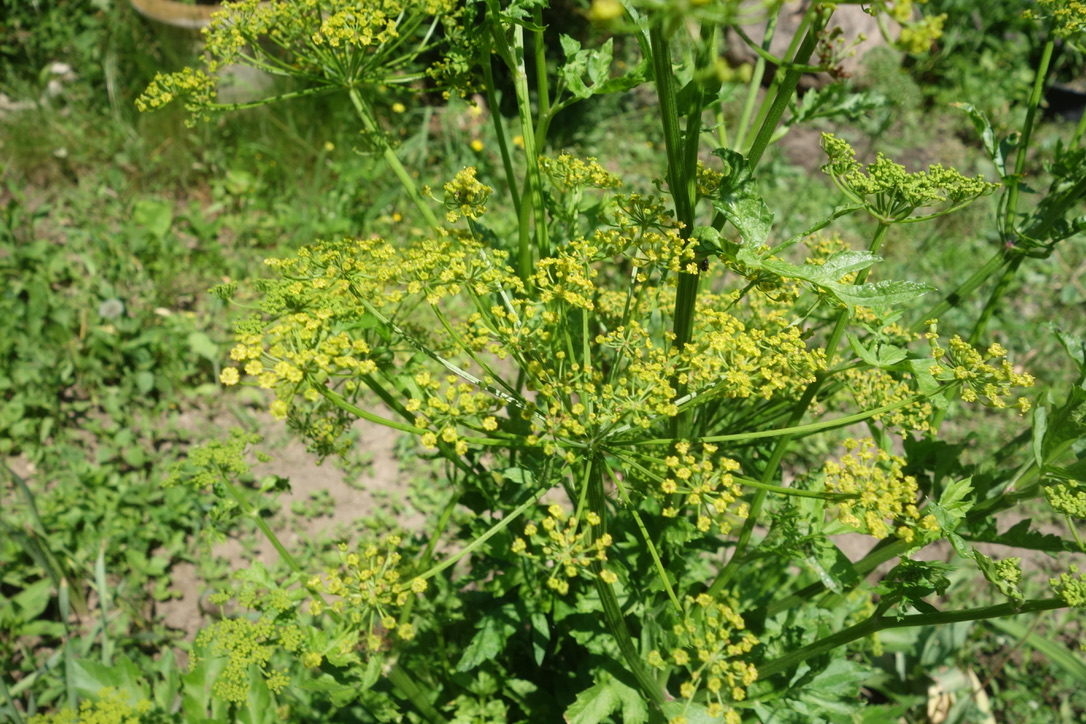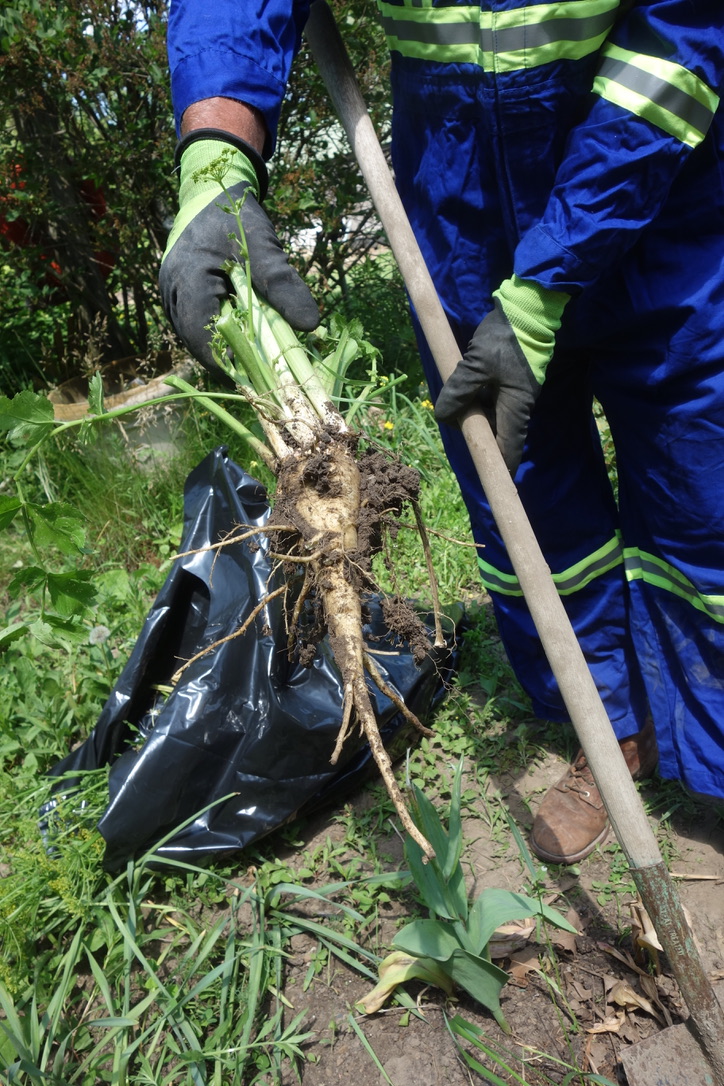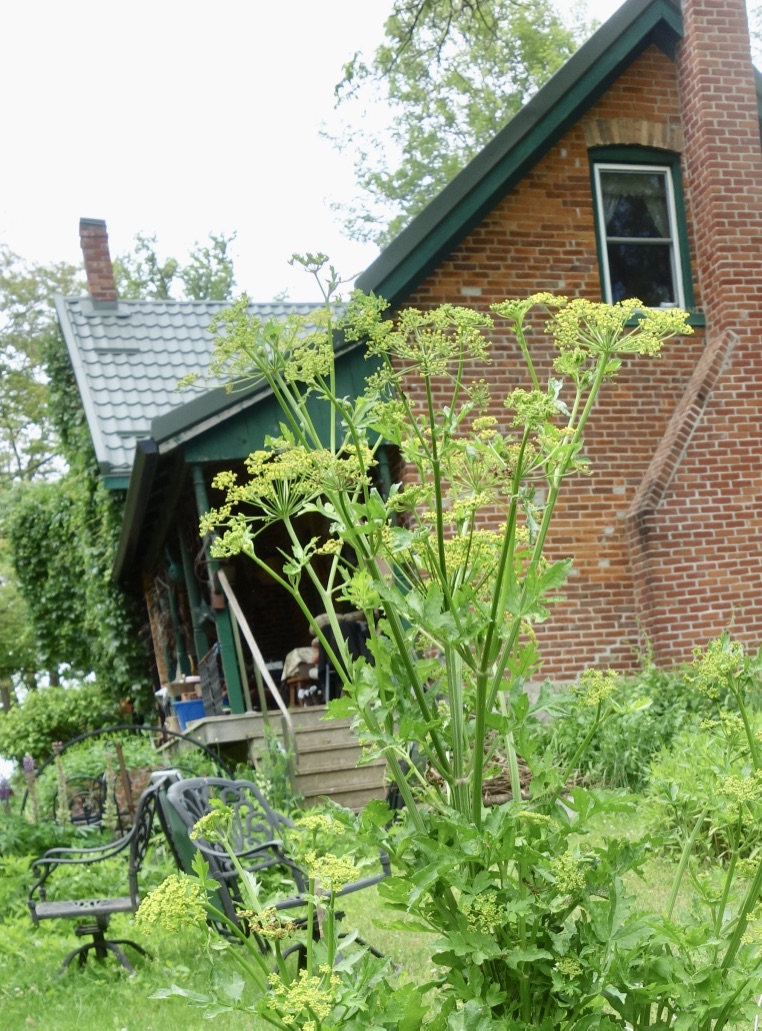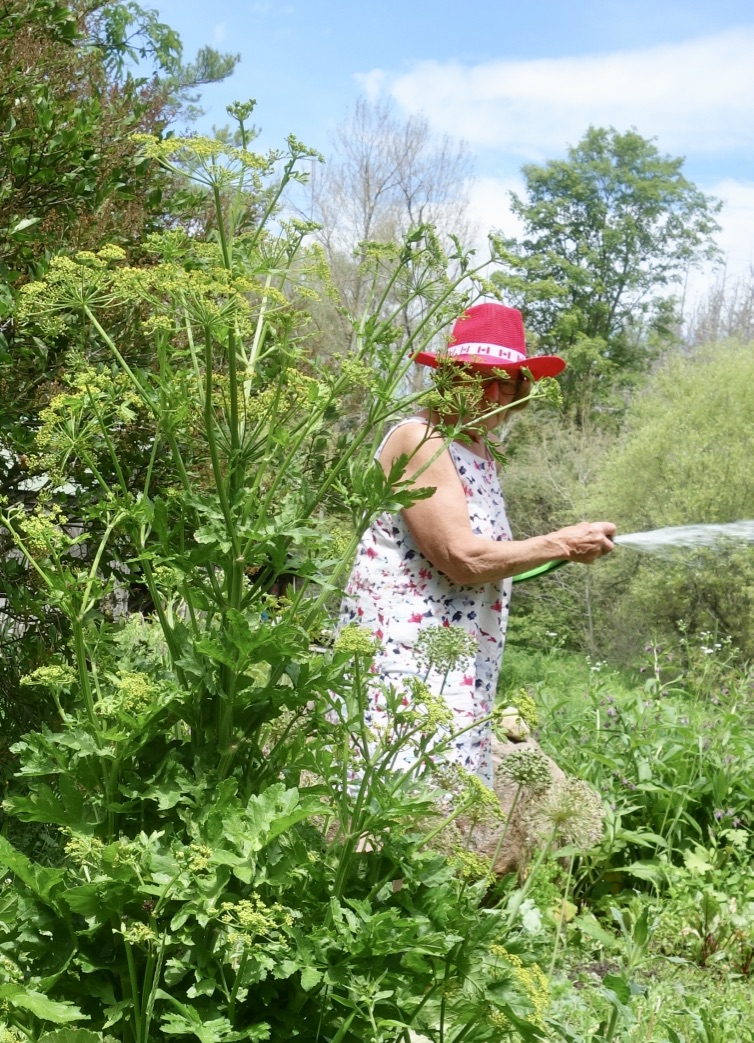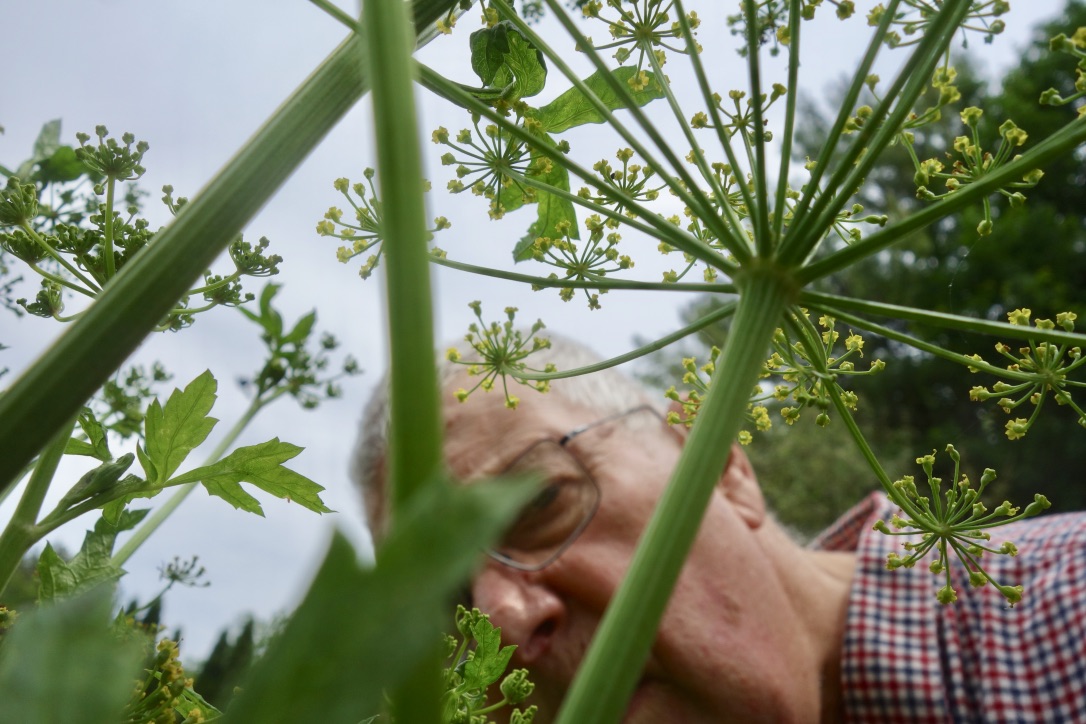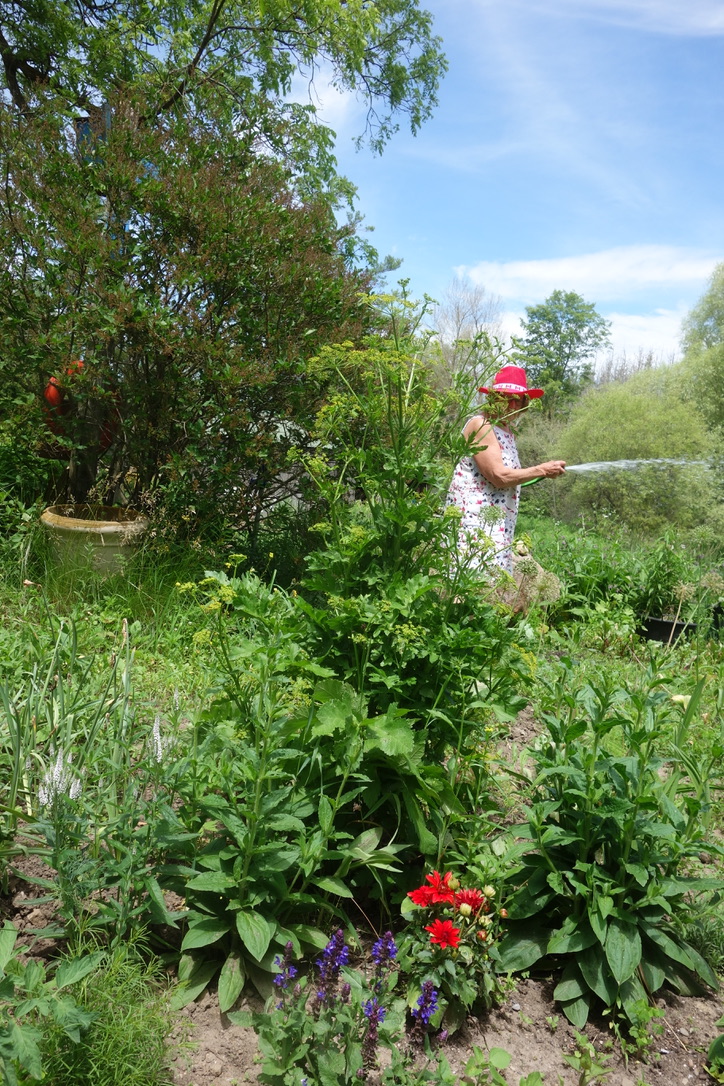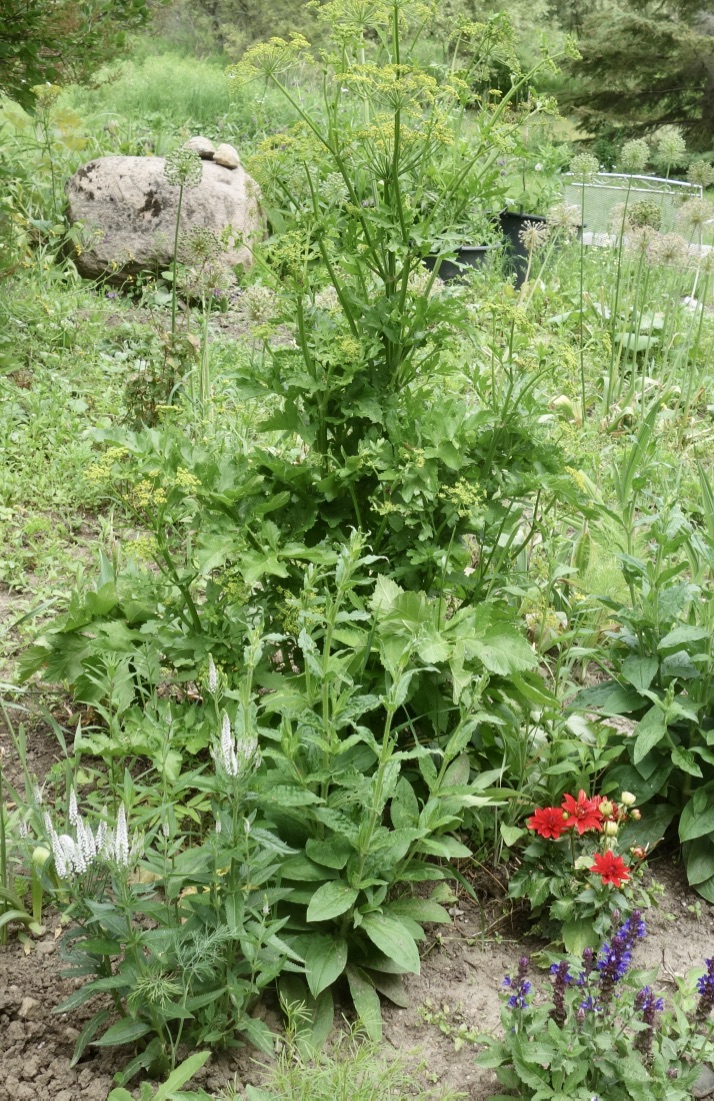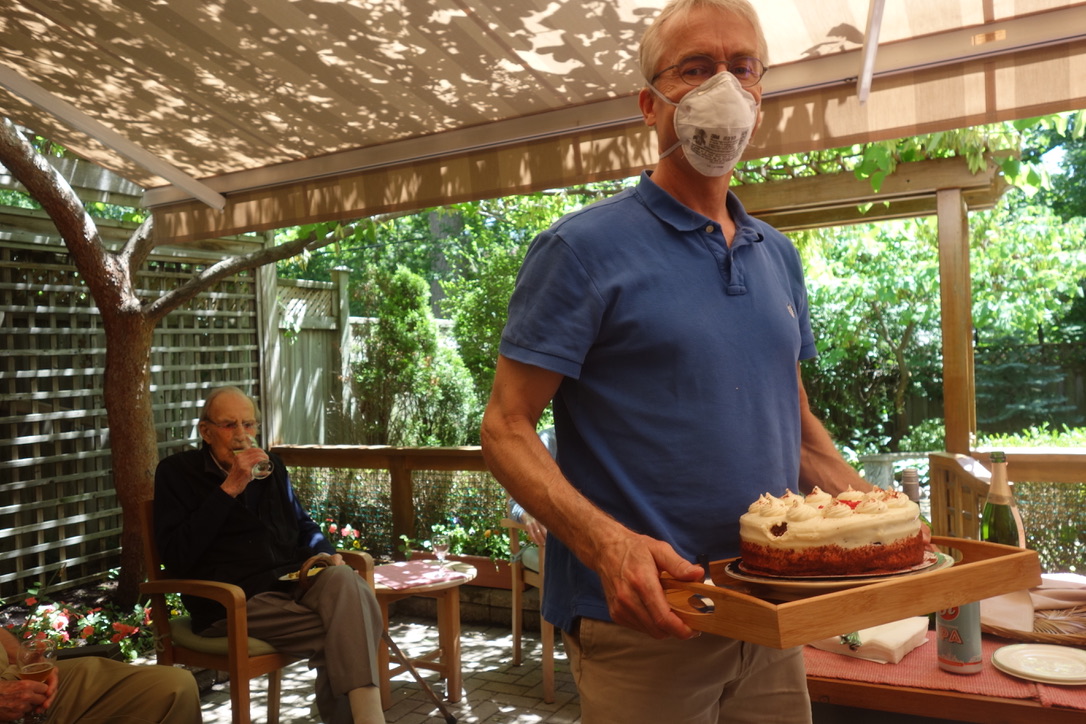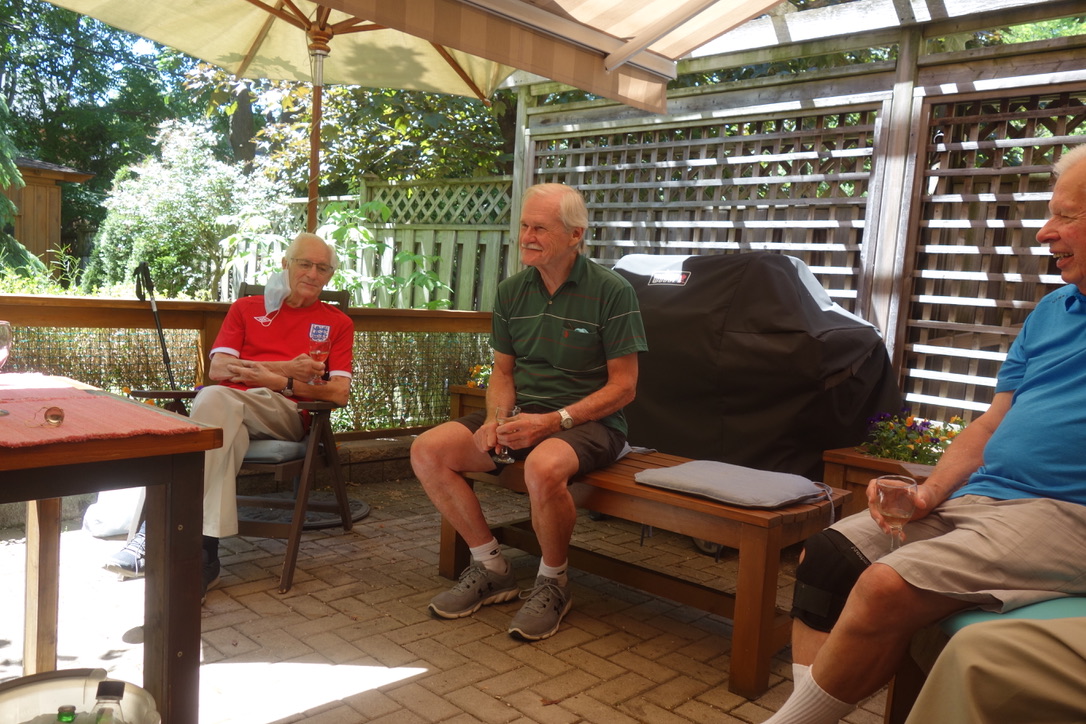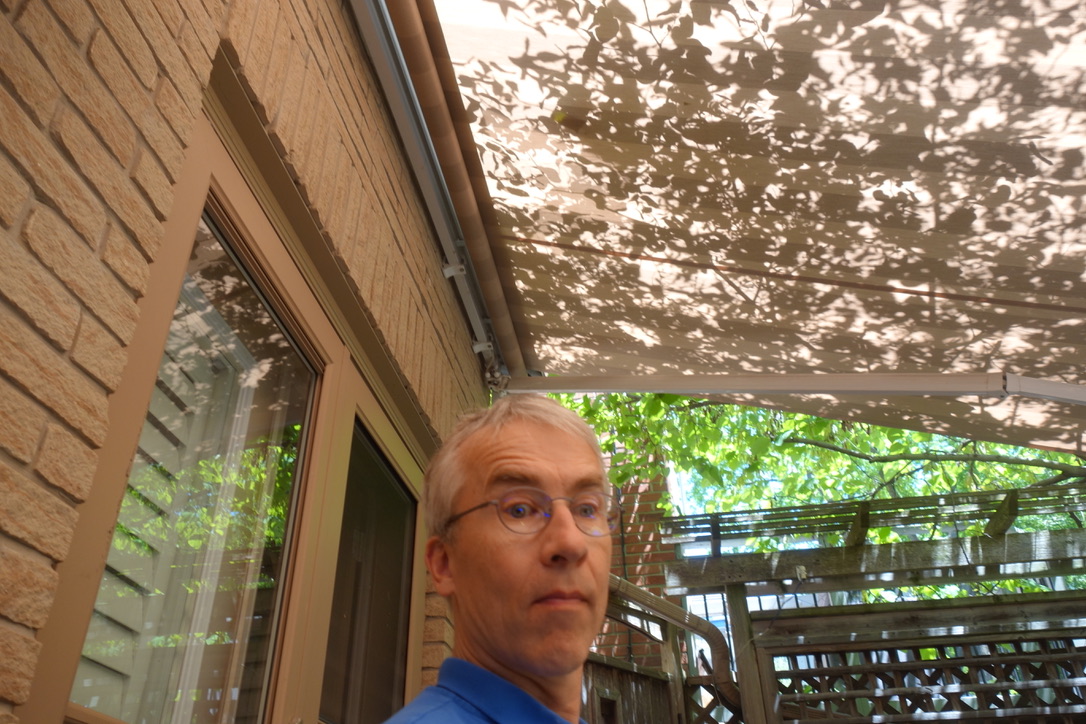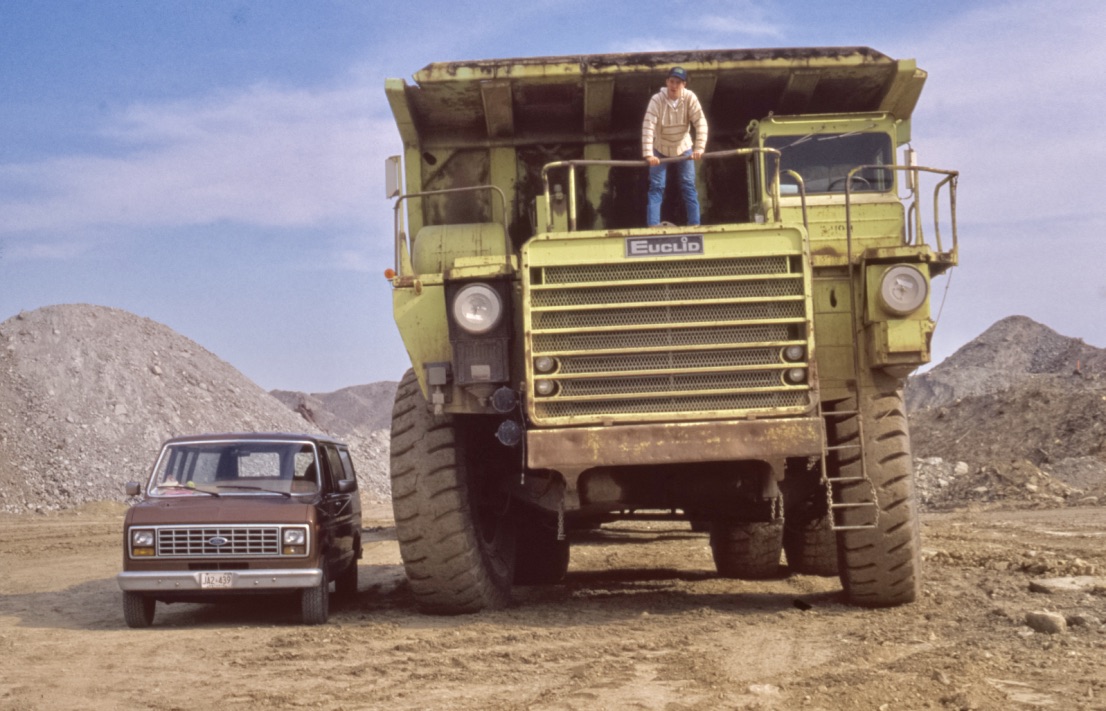SUMMERTIME AND THE NATURAL WORLD IS INVITING.

I love daisies…wild flowers in general. I also love looking for Monarch Butterflies. As do you. Be careful…CAREFUL!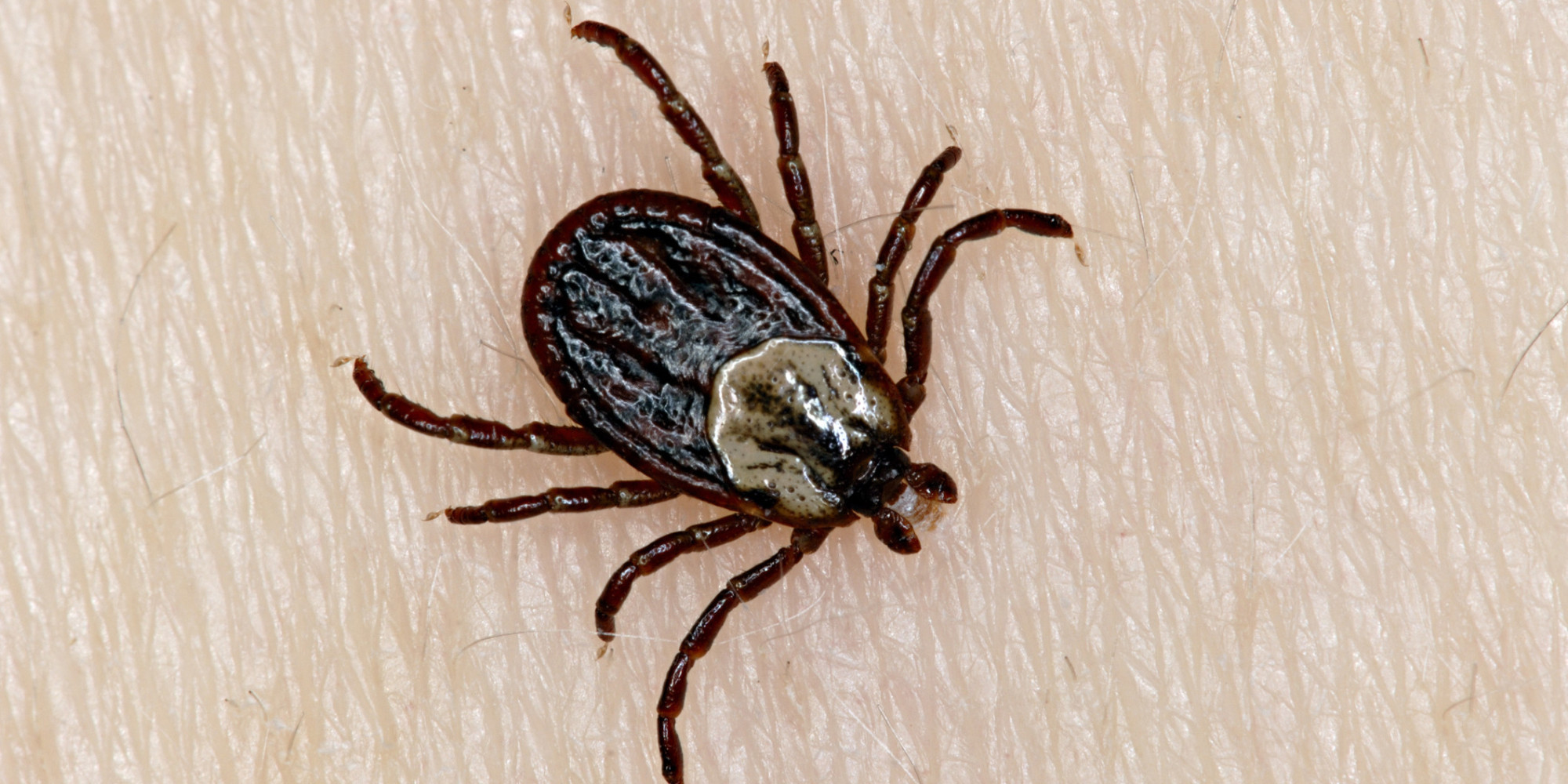
black legged tick – sometimes carrier of lyme disease -If deer are present then ticks are present.
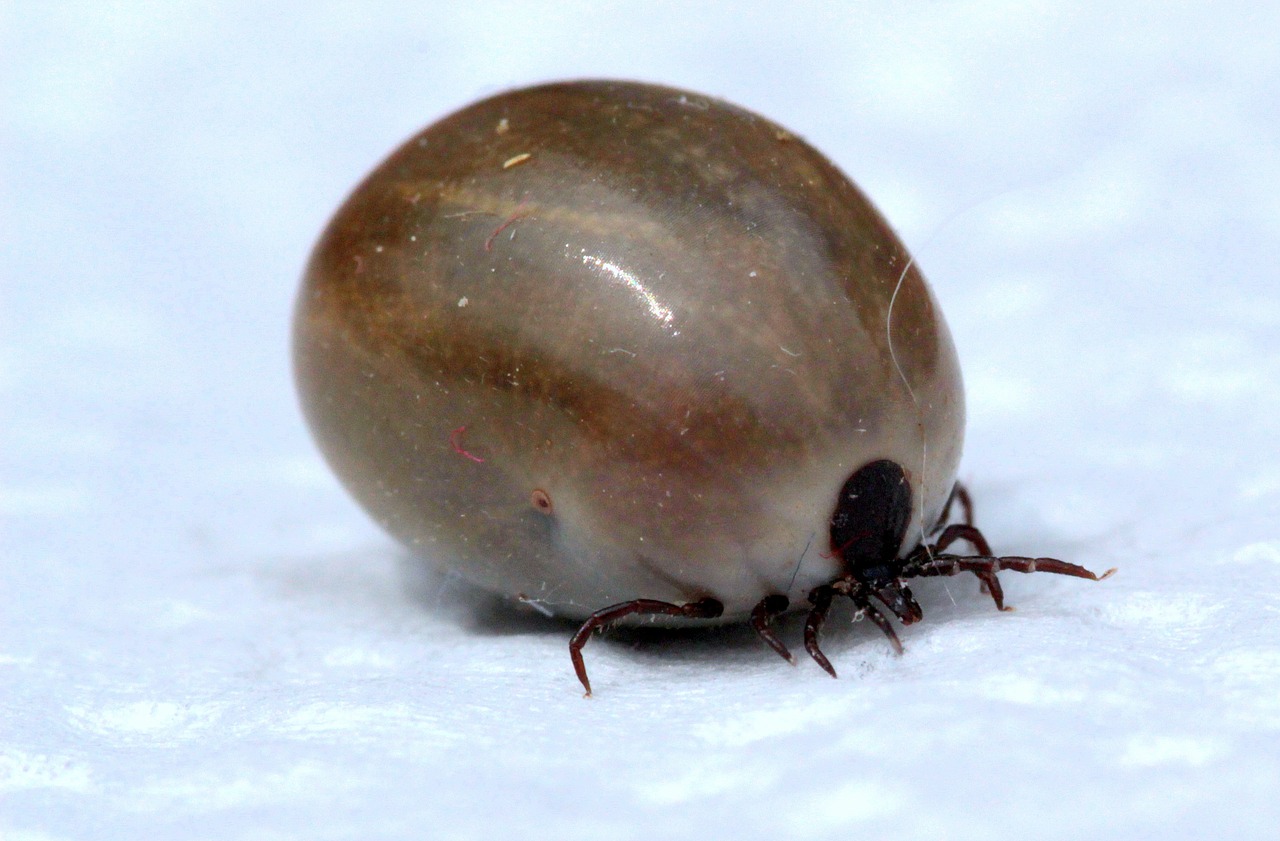
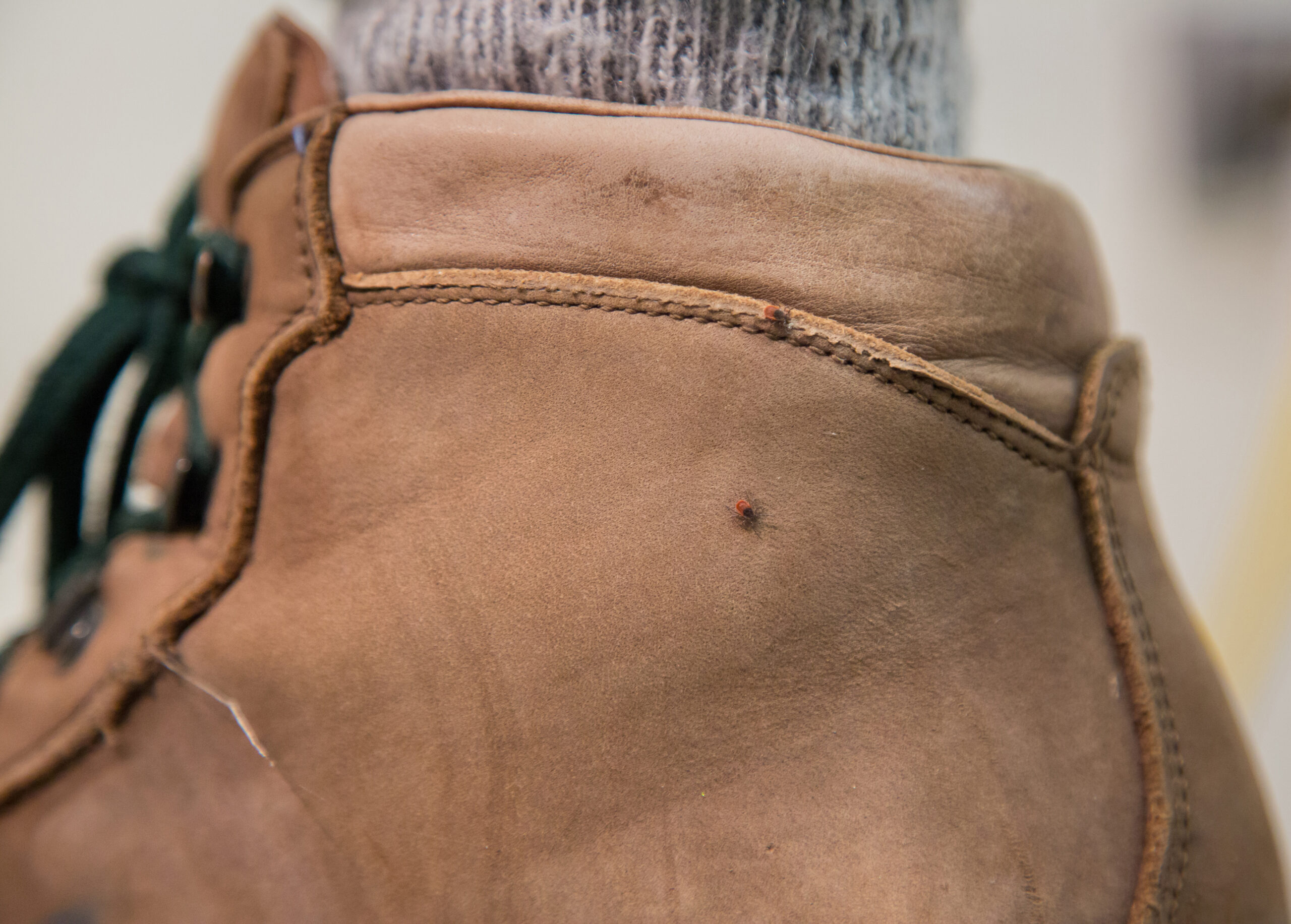
two ticks on a hiking boot…massive enlarged photo to show how tiny ticks can be
JUNE 28, 2021
Hi Rooter,
I feel duty bound to write an episode on Lyme Disease as many of
my stories involve outdoor activity …. sometimes but not many in long grass.
Your story is very important. A cautionary tale since many people long for
a chance to get outdoors. Chasing butterflies maybe. Be careful.
A few years ago a good friend of mine got Lyme disease from a tick bite when
he walked through long grass on a hiking trail near Ancaster Ontario. He did not
notice the tic. It bit him, sucked some of his blood then dropped off. Infected him. Rooter
had no idea he was infected with Lyme Disease so carried on normally until the
full impact of the disease struck. It was devastating. Best said in his own
words. A clear warning to avoid long grass. Easy to say. Hard to do.
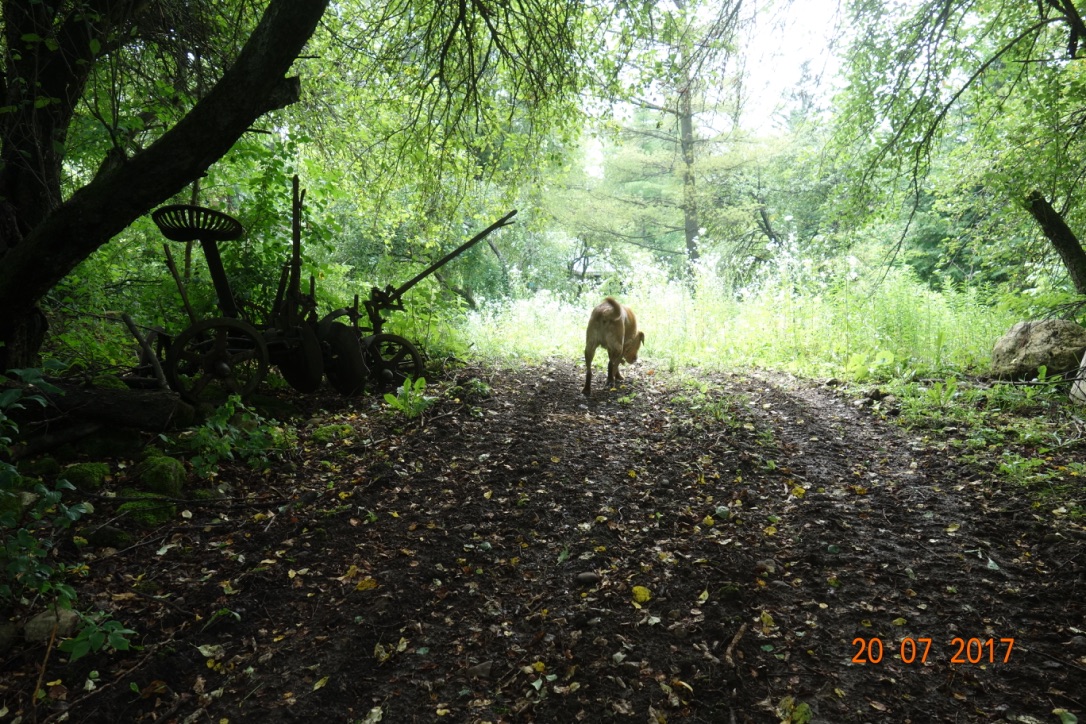
ROBERT ROOT’S STORY
Sunday afternoon August 22nd 2004 My wife and I went for a walk near The Hermitage in Ancaster.I left the trail and went into the long grass to get to the pinnacle of a hill we were climbing. A day later a bulls eye rashappeared on my left ankle and both ankles were badly swollen. I lay down and put my feet up and my heart felt like itwas being flooded as lymphatic fluid poured into my heart from my legs. The next day I saw my doctor and he put meon an antibiotic and Lasix ( a dewatering pill ). 4X a day I put my feet up to drain the fluid. The lymphatic systemwas badly affected. I had to stay around the house with my legs propped up and cancelled other activities.I sang in a quartet at church but had to cancel that on the 29th and stay lying with my feet up.On the 30th I went to my doctor again and he gave me more antibiotics. This was a very symmetrical disease.When my left armpit was inflamed my right arm pit was too. Swelling in my left wrist coincided with swelling of the right wrist.When I first lay down my heart felt flooded as the great thoracic duct poured lymph into the auricle of the heart. WednesdaySept 1st I saw my doctor again and received a third round of antibiotics for 7 days. I stayed home the weekend ofSept 5th and rested with my feet up. Friday Sept 10th I washed the car. I was now getting more active but still spent a goodpart of each day with my legs up. Sept 16th I went to choir practice and Sept 18th I attended My son Wesley’s STAG atWoodbine racetrack but had to go to the car and prop my legs up to drain for a while.Sept. 29th my doctor prescribed support hose for me and to this day 17 years later I have to wear support hose and putmy legs up during the day. I am one of the “Lucky ones” because my doctor got me the correct antibiotics right away.Many people who contract Lyme Disease and don’t get the correct treatment right away suffer permanent organdamage and have lifelong disabilities.My doctor is a frontier doctor. He has been treating farmers for a good part of his life. One year he got the record forthe most home visits in a year. He initially thought I had spider bites but he did diagnose the correct antibiotic. Hallelujah!We still check for ticks and occasionally find them on us even if we are not out in long grass.

CAUTION
Being outdoors after the Covid 19 isolation can be wonderful. But be careful.
Long years ago when I worked in Southern Ireland I noticed many cattle herds
carried ticks on their snouts. I had never heard of ticks until then. Our work involved
crossing and criss crossing Irish fields…climbing over stone fences with lots of long grasses.
Pushing our way through gorse and bracken…dense.
So each
night I carefully examined my body for ticks. Especially my legs. Never found one
fortunately. Irish ticks were ugly but did not carry Lyme disease then but they do now.. In North
America the situation was dangerous.
You would not want to get Lyme Disease as my good friend Bob Root has explained.
Marjorie picked a tick from Woody our Labrador last week. No joke.
alan skeoch
june 2021

